Mid January 2023.
This post covers just 180km of cycling, but also includes some unexpectedly social rest days and a hiking side trip to the spectacular alpine cirque of Laguna Toncek, which is perhaps more commonly known (especially to climbers) simply as Frey.
As mentioned in our previous post, we were in need of a break when we arrived in San Martin de los Andes. But with it both being expensive and too busy for two bikepackers used to quiet wild camps and deserted roads we decided to push on for a half day’s ride to Lago Villa Meliquina. I had the blog and photo editing to catch up on, as well as some writing commitments for an upcoming Lonely Planet book about bikepacking.
We followed the Patagonia Beer Trail route out of San Martin, and would continue to follow the Beer Trail onwards to Bariloche, and beyond, once our time there was finished.
In complete contrast to San Martin, Meliquina is a lifestyler’s community of small rural blocks. It’s completely off the grid, and the density of housing there is very low, with people’s properties generally spread out over several square kilometres. It reminded us a little of Otago’s Hawea Flat, just windier and dustier. There’s a few hostals, a couple of very small almacens (mini markets) and a heladeria/cafe. We had a great time spending four nights at the Meliquina Hostal, but there is also El Descanso Bike Hostal, which we didn’t stay at as it was booked out.
The vibe at Meliquina Hostal was super friendly and inclusive and it felt more like a homestay, without the indifferent treatment you might receive at busier hostals.
The hosts and some other guests invited us to a delicious meal of stewed chicken cooked over an open fire. In typical Argentine tradition we were invited around 9pm, but it was close to midnight by the time any eating was happening. The typical Argentinian schedule can be a challenge when you’re used to waking at 6am and going to sleep at 10pm. Whenever we stop in a town the timing automatically shifts to 1am bedtimes!
The first night we arrived in Meliquina happened to be the eve of the local cerveceria’s (brewery) birthday. Hence there was a huge party happening, with live music, cheap and plentiful beer, pizza and the ubiquitous pancho, which is a very popular style of hotdog. The hostal hosts invited us along, but we’d already been invited by the muy amable José and family who we’d met at the heladeria. We were both grateful and blown away by how friendly everyone was there. Queuing for beer, people overheard us speaking in English and wanted to know where we had come from, but entertainingly, whenever we answered questions in Spanish, people would just default to English to continue the conversation. After the scarcity of English speakers further north, it’s nice to have conversations in our own tongue.
We were also very stoked to have a visit from Eloi and Sonia, two Spanish cyclists who have been blazing a trail down the Americas from San Diego and onwards south to Ushuaia. They detoured from their proposed route along the Siete Lagos to pay us a visit and it was really nice to hang out with them for 24 hours. The pair have followed our route for several sections, and it was fantastic to meet, share stories and see how much our philosophies towards adventure bikepacking align. They are skilled photographers and content creators and bring a ton of fresh energy to their story telling. See wheelprintstories on Instagram and look up their YouTube channel for some succinct chapters of sections of their ride, which at times has been through much more hideous weather than we experienced in countries further north.
Via José, our friend from the heladeria, the four of us were also invited to dinner with the hosts of the bike hostal. The owners, Guillermo and Vale, are well travelled cyclists themselves and were great company for the evening, with some good suggestions for routes further south.
After three days in Meliquina we hit the road again, with Bariloche just a day and a half away via the Patagonia Beer Trail. From Meliquina the route, follows the RP63 over Paso del Córdoba and just a dozen or so kilometres up the valley the scenery begins to get really good, with beautiful river views and endless cliffs and tors. In hindsight we could have spent a couple more days in Meliquina and explored around there more.
It was hot climb with a welcome tailwind up to Paso del Córdoba which had nice views back down the valley.
Beyond the pass the road got a bit rougher, and we hardly saw any vehicles.
Eventually the RP63 joins the tarmac RN237 which is quite a busy highway. We followed that to Villa Lanquin where you can cross the Rio Limay on a footbridge or barge. Once on the other side of the river the dirt (and peace) returns. We stopped to camp by the river shortly out of the village.
The ride on the Beer Trail from Villa Lanquin to Dina Huapi is very pleasant, with undulating double track and great views.
Soon we could see the ranges that lie immediately behind Bariloche.
Arriving in Dina Huapi we didn’t yet have plans as to our accommodation for Bariloche. Like San Martin, the city was busy with holiday makers and expensive with high season prices. We had a lead for a potential Warm Showers host (free/donation-based cyclist accommodation) which we followed up, and fortunately Miguel invited us to stay.
Miguel lives 8km past the city centre in a peaceful, leafy suburb. Although we’d heard he was an occasional bike mechanic, we didn’t know anything about him, and we weren’t expecting to meet one of the most interesting cyclists we’ve come across in our travels. Founder of Nitzsche Bicicletas Fabrica, which he runs with his son, Miguel hand builds and restores bikes in his backyard workshop. Adjacent to the workshop is his cycle museum, which features a fascinating collection of 20th century bicycles. There’s various examples of pre-derailleur drivetrains, some of which are mounted on replica frames Miguel has skilfully built.
Although he is essentially retired, Miguel still works a few hours most days in his workshop. At the time we visited he was building three tandem frames, for vision impaired cyclists. Miguel doesn’t just collect and build bikes – he rides them still too and while we were staying he went for a 250km day ride. He says he’s building up to a 300k outing.
Music is another passion of Miguel’s and his workshop sessions were often followed with practise time with his clarinet, the peaceful notes of which would float through the garden from his house. We lucked out, and that Friday night Miguel was playing with his quartet, along with other musicians to an audience of roughly 40 people in he and his wife Alejandra’s backyard.
Sometimes you don’t realise what you’re missing until it confronts you, and as this relaxing summer evening of music drifted by it dawned on us that our journey to date had been very one-dimensional in the culture we’d experienced. Suddenly cities didn’t seem like such bad places.
Next on the agenda was to make the hike up to Laguna Toncek/Frey to camp the night and do some exploring. After two days of rest/work/blogging (not really rest at all) we borrowed a couple of packs from Miguel and cycled 9km to Camping los Coihues which is right at the base of the trail. We rode there in the afternoon, then broke camp early the next morning and stored our bikes and gear with the camp/park staff for a small fee.
The hike to Refugio Frey, which is the only permitted camping or accommodation in the vicinity of the laguna, is 10km/1000 vertical metres. Fearing the painful legs that often inflict cycle tourists who embark on periodic hikes we went as light as we could, leaving behind the tent. The forecast was bomber, so we planned a night under the stars.
We climbed steadily through beech forest, past the historic refugio pictured above, and eventually to above the treeline.
After a short time in the open the track reaches the legendary Refugio Frey. If you were here in the quiet season, staying in the 30-bed refugio might be quite pleasant, but at this time of the year it was fully booked, very busy, and we could not think of much worse.
On the moraine adjacent to the refugio there are 30 rock corrals for tent/bivi shelter. To camp in this area and use one of these you have to book online, as numbers are limited. Camping is prohibited in the rest of the cirque to protect the water and the delicate environment close to the lake. We bagged ourselves a corral and left our gear there to continue our walk up to Laguna Schmoll and the saddle above it at 2030m.
It didn’t take long after we left the refugio to also ditch the crowds. There were only a half dozen or so people at Laguna Schmoll.
Higher we climbed…
At the saddle we walked a little further through a small basin until we could see into the next valley and across to glaciated Cerro Tronador (3478m).
Back down at Laguna Schmoll in the late afternoon. This place is a photographer’s paradise and you could spend days here pursuing different locations and compositions in the best light.
The refugio once again. The camping is to its left and the pinnacle on the right is one of the most popular rock climbing features. There were constantly several climbing parties on it most of the time we were there.
Settled in to our spot – a sun trap in the heat of the late afternoon.
I didn’t get a lot of sleep that night, instead chasing the changing light from the post sunset blue hour through to starry skies and then moonlight in the madrugada (small hours).
The lights, by the way, are from climbers returning very late from an ascent of Torre Principal, the highest peak.
Then I was up again to catch the beautiful indirect light of the predawn – probably my favourite time to shoot. We were extremely lucky with conditions for this trip. It had been windy and showery the day before we walked up, and the day we left the laguna was already becoming less settled.
Eventually the sun did reach the peaks.
Like I said – a photographers buffet.
With the light retiring from amazing to just nice, we stopped to eat breakfast and warm up in the sun after the early start. We were back down at the campground where we’d left the bikes by lunchtime, and yes, we did get sore legs – though not quite as bad as we feared, probably because we include bouts of hike-a-bike in our overall southbound route.
I’ll close with a few bird photos. Ibis, above are quite a common sight now, and below, native ducks and a curious unidentified fellow who checked me out while I was photographing the peaks.
Say thanks with a one-off donation, or check out our Bikepacking guide.
If you enjoy our content and find it informative or inspirational, you’re welcome to show us some love with a donation or a book purchase (US$19.99). The services we use to create our Bikepacking routes and host the website cost money, funds that we’d rather be spending on the road, creating bikepacking routes and content to share with you. Thanks for reading!

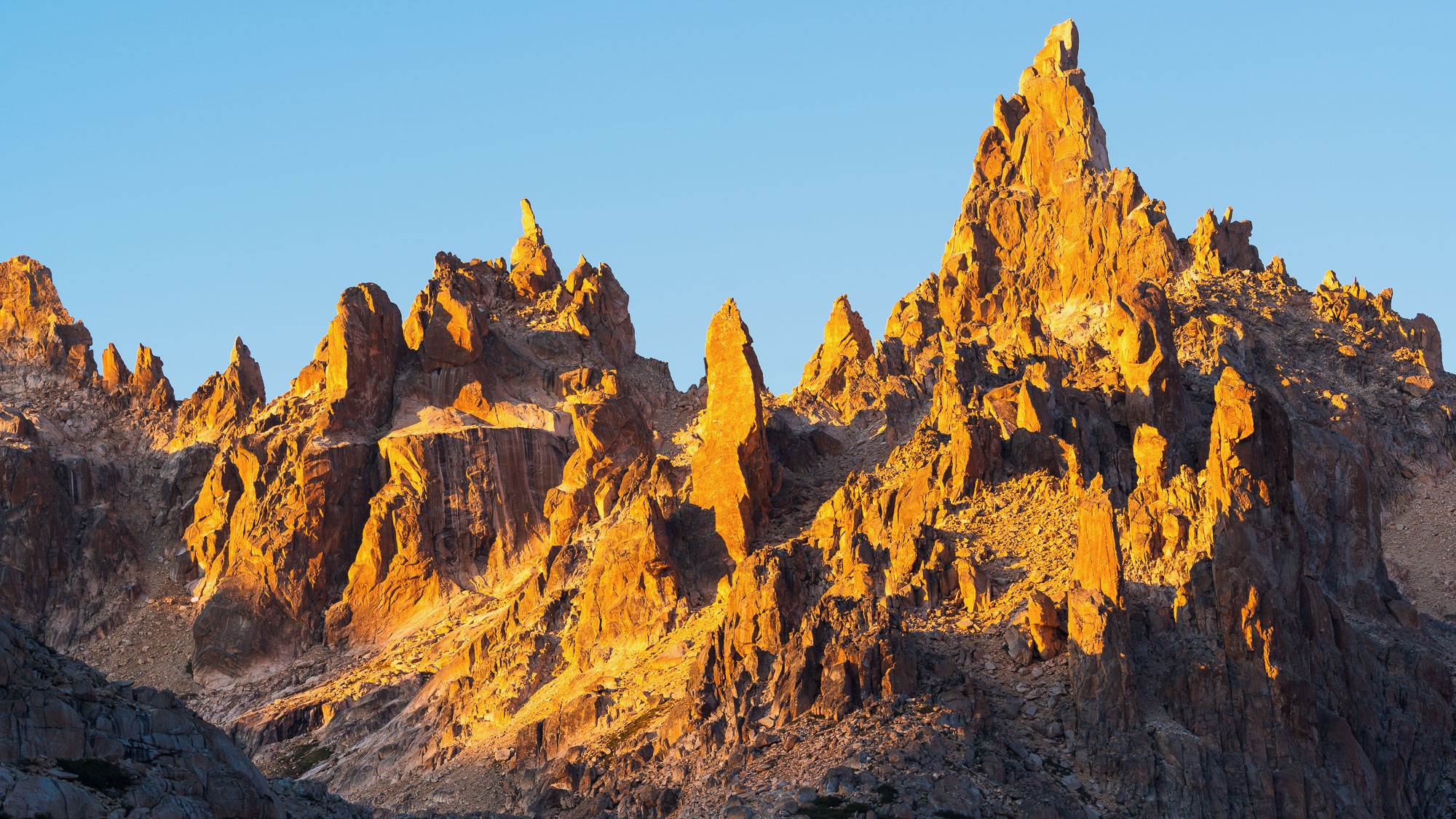
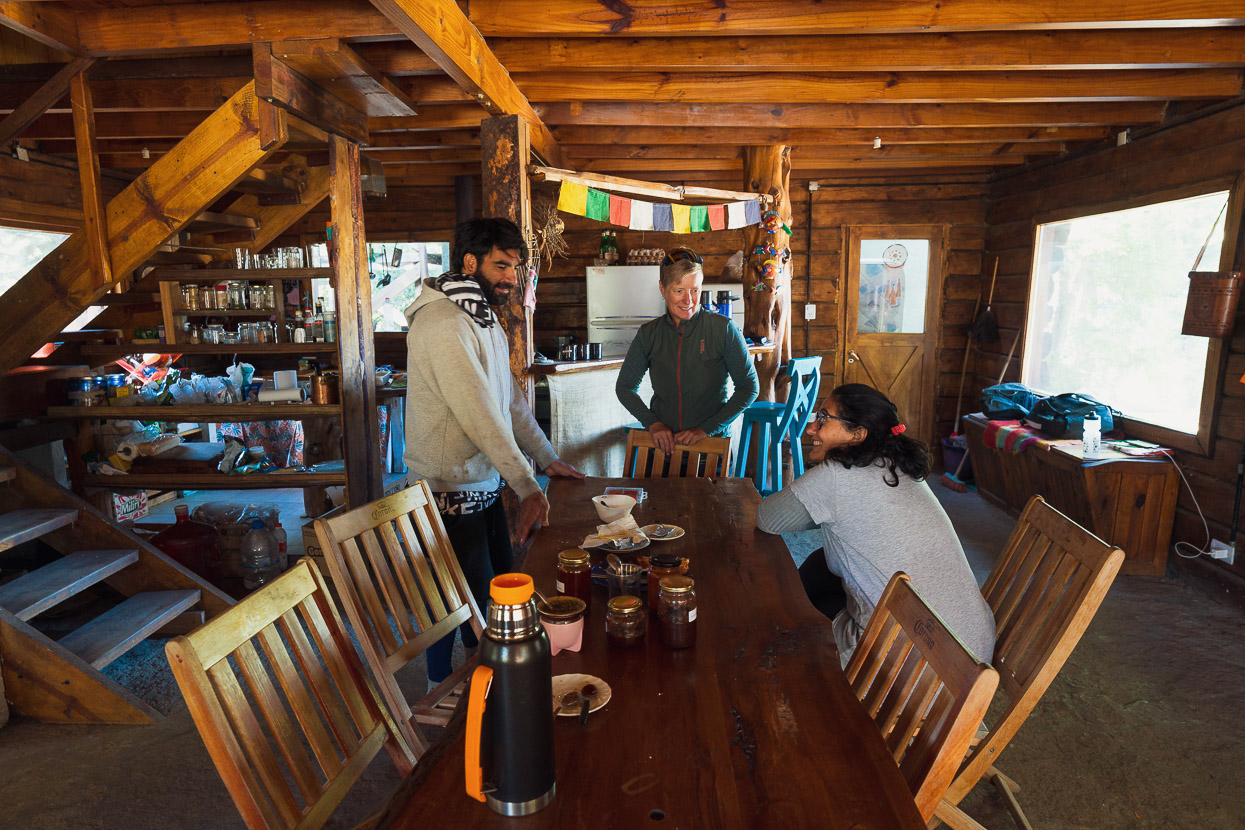
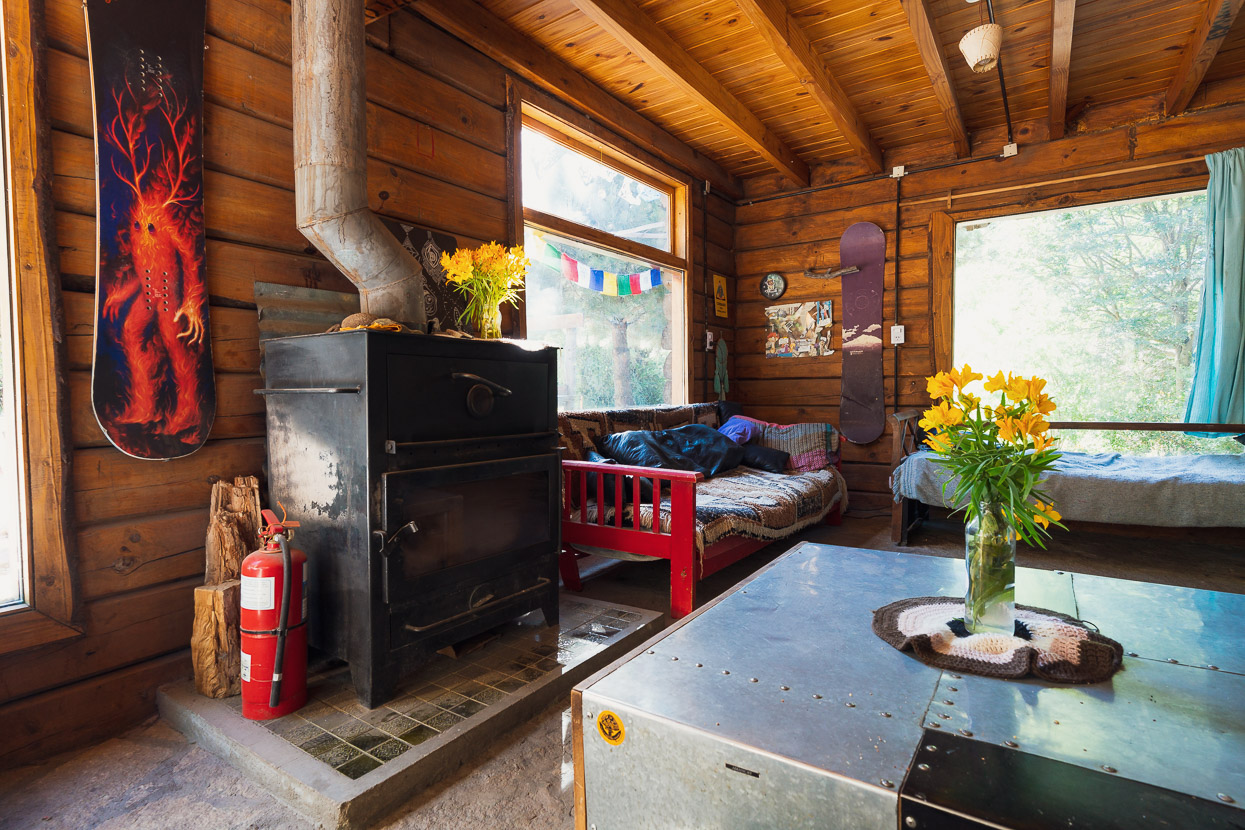
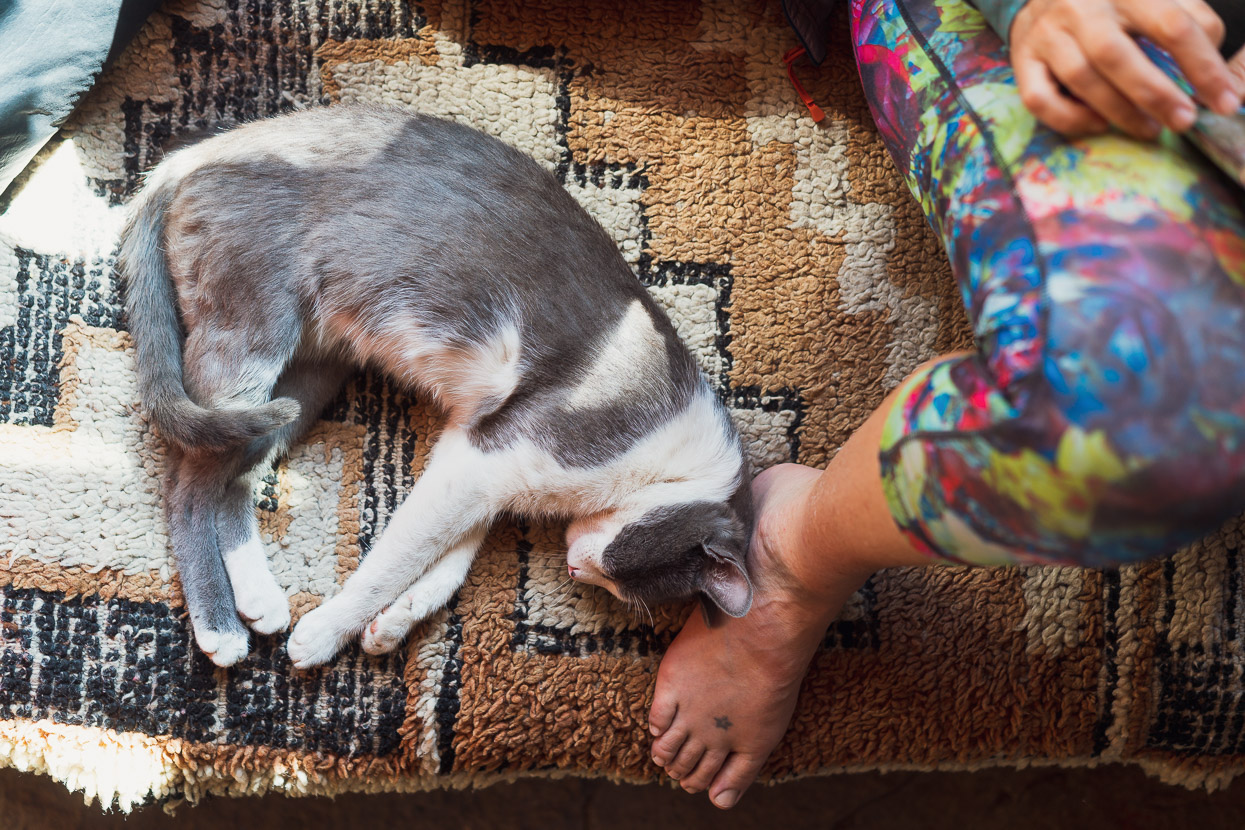
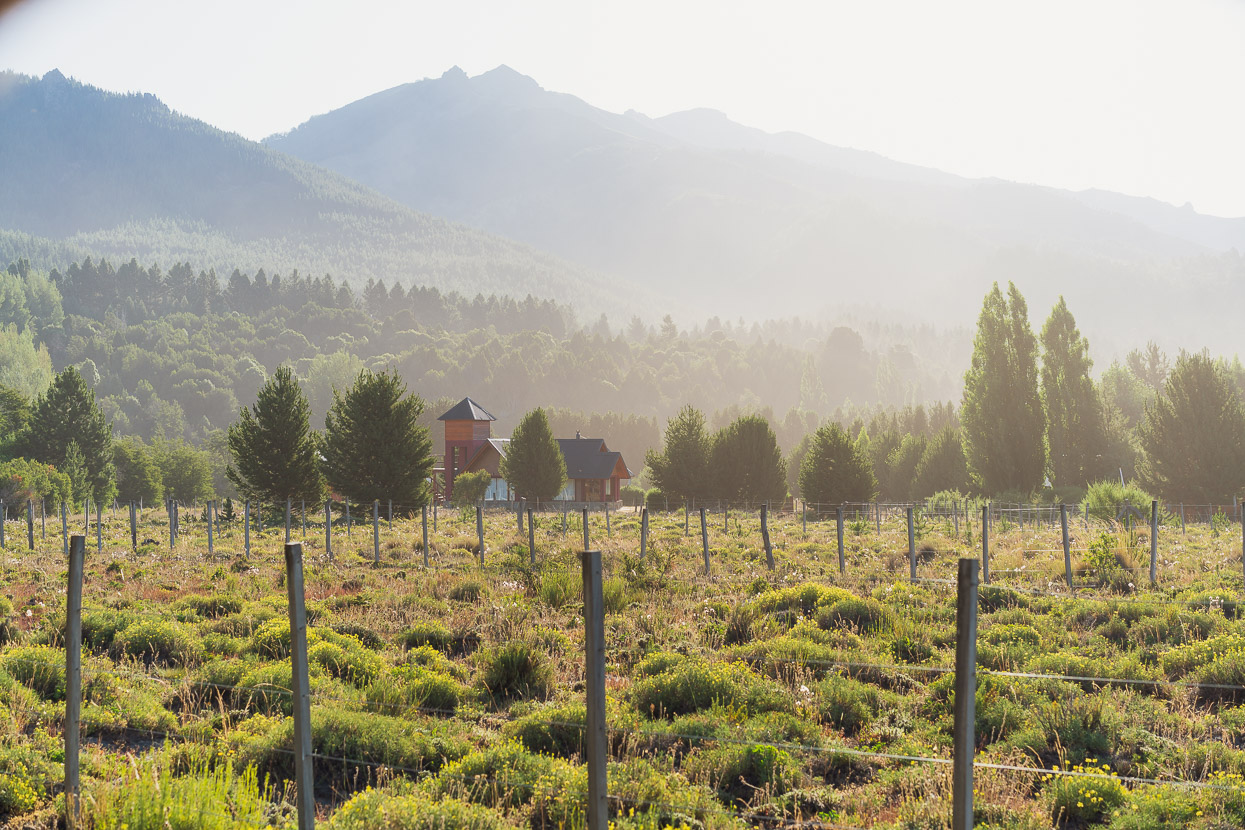
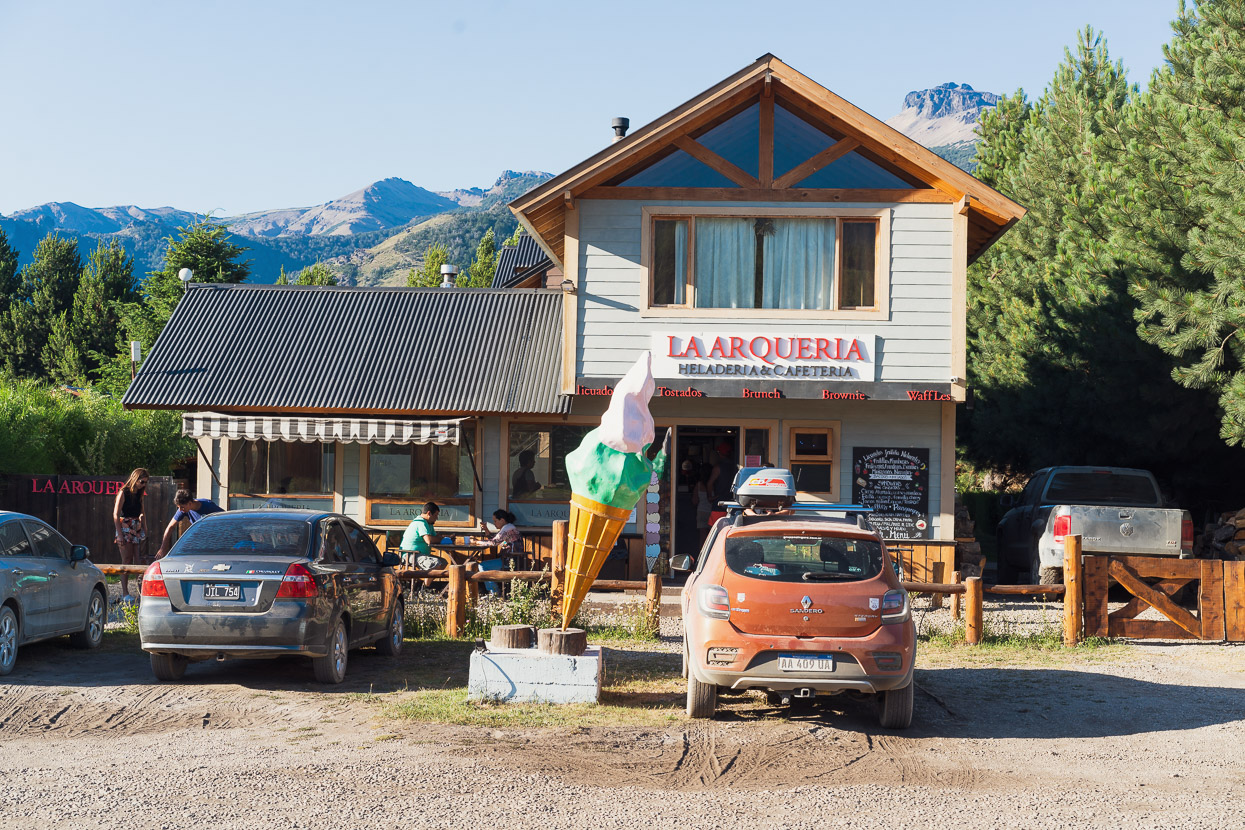
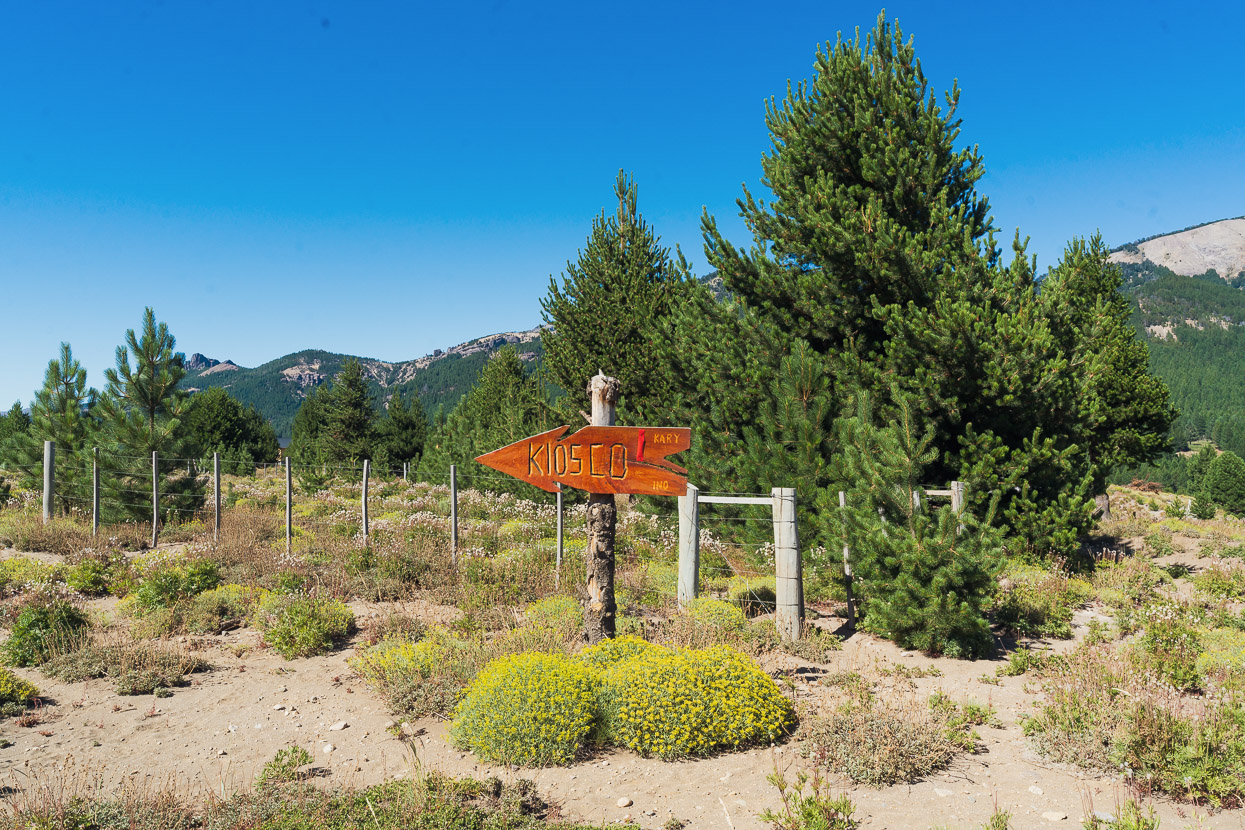
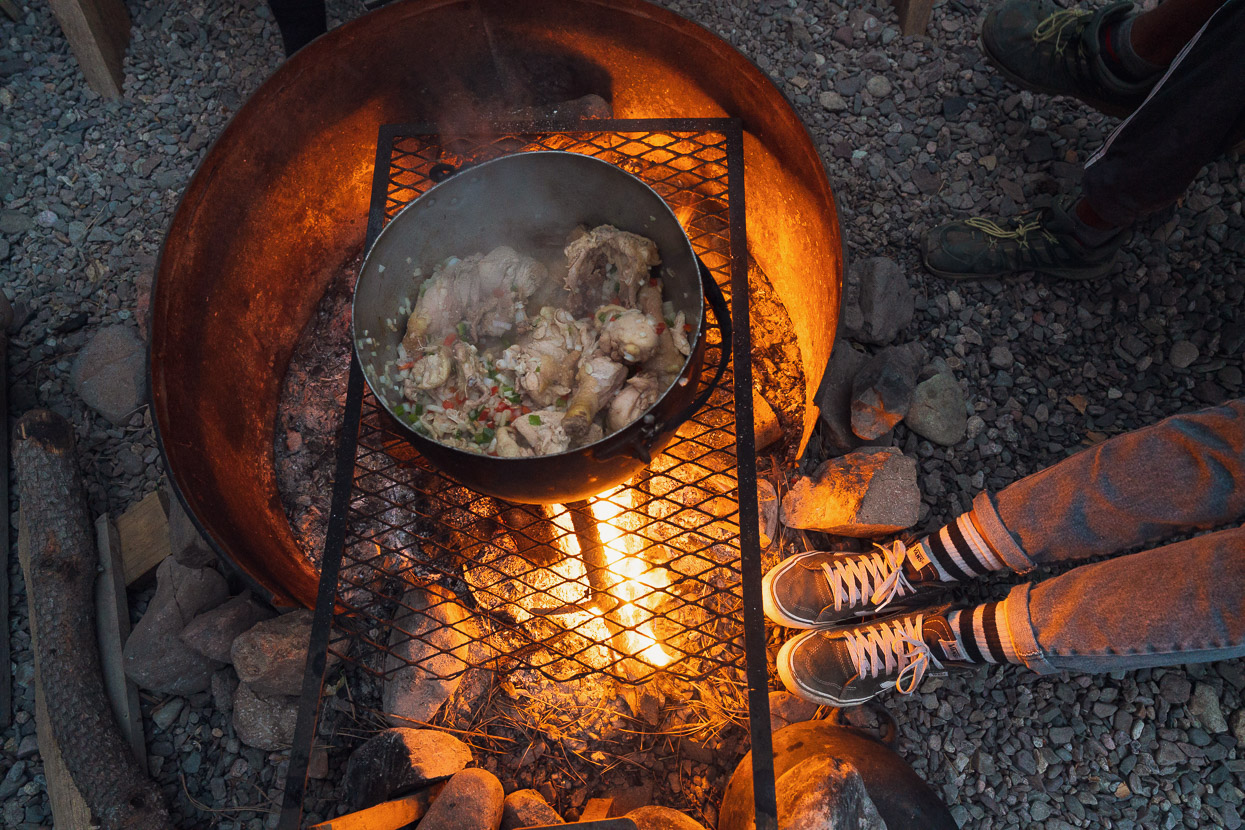
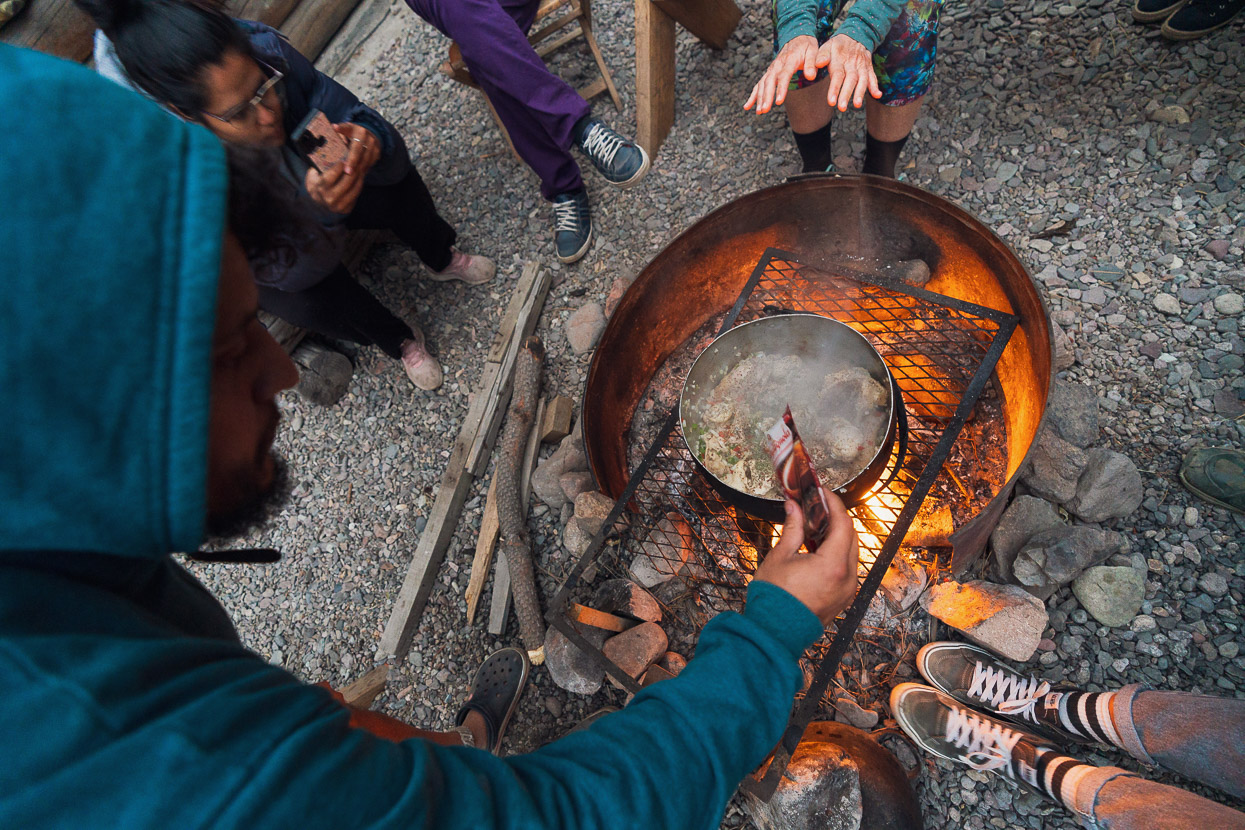
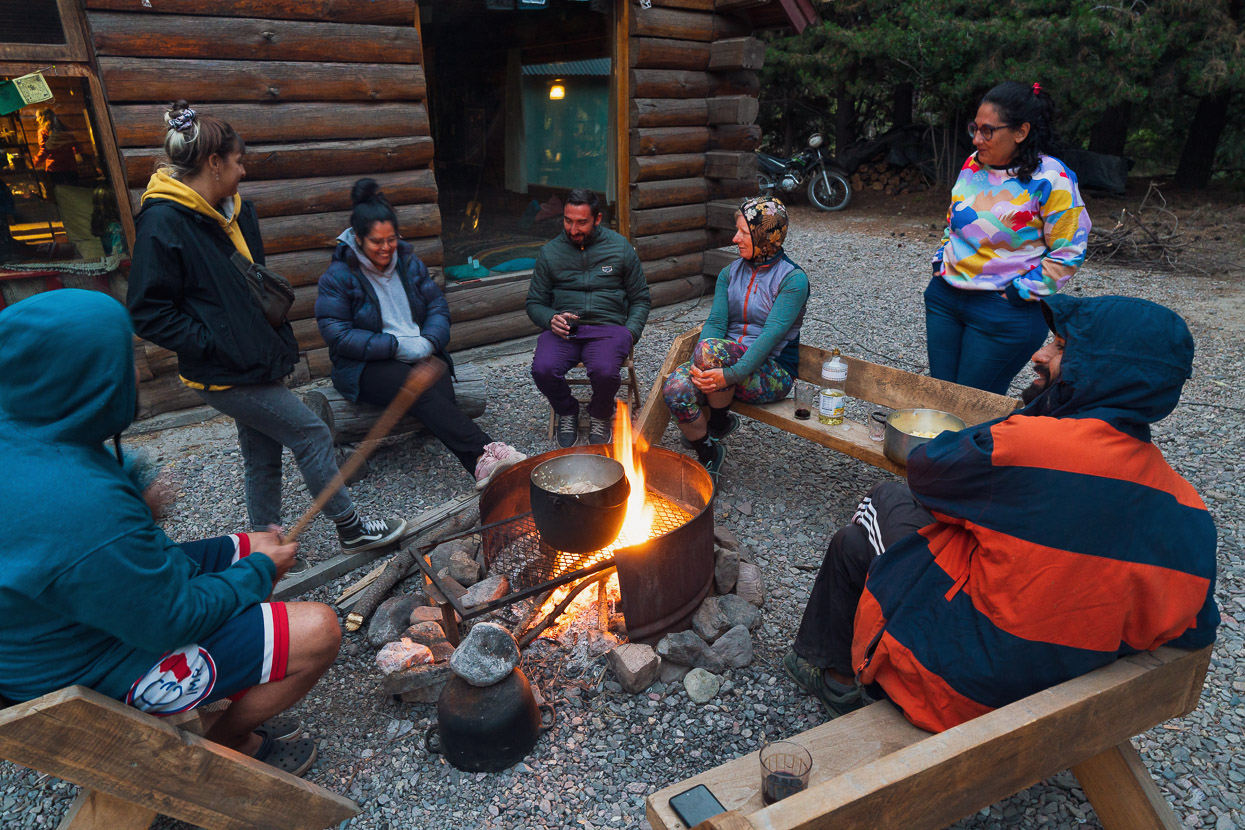
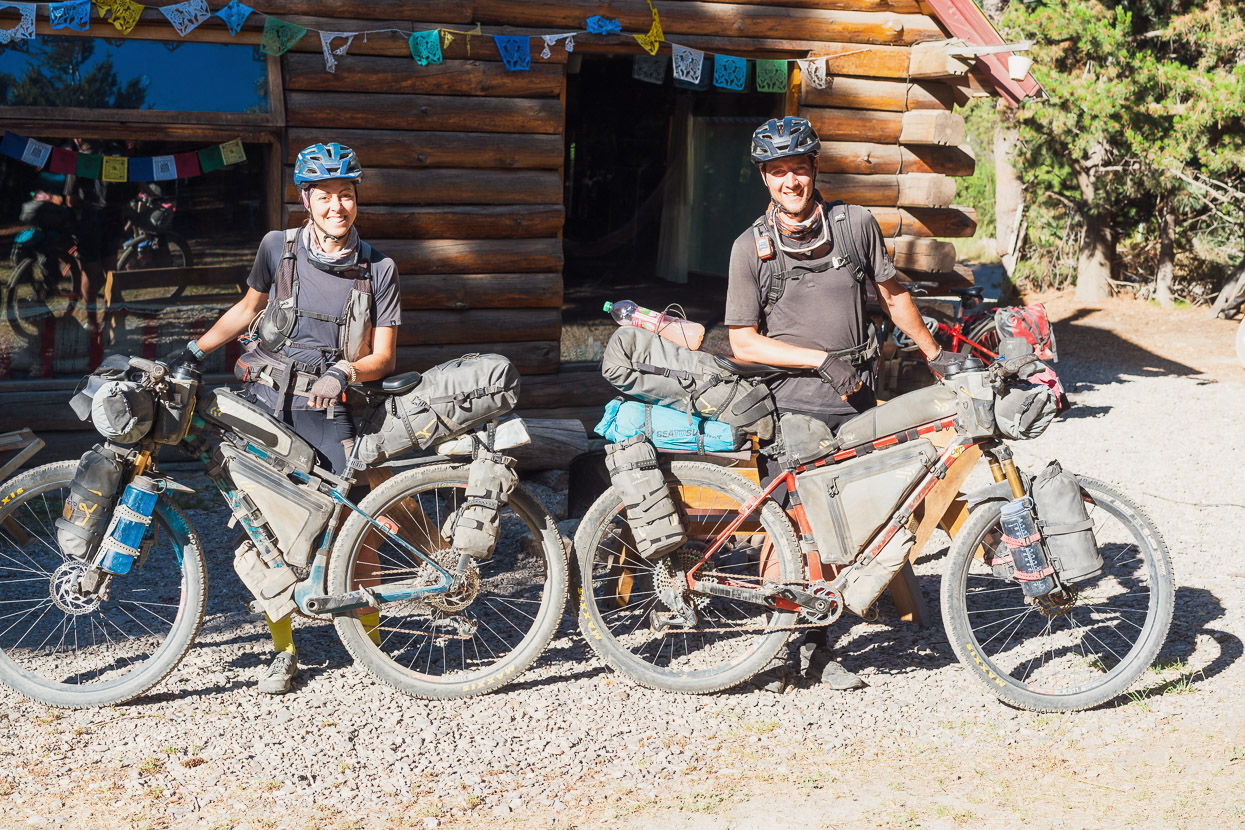
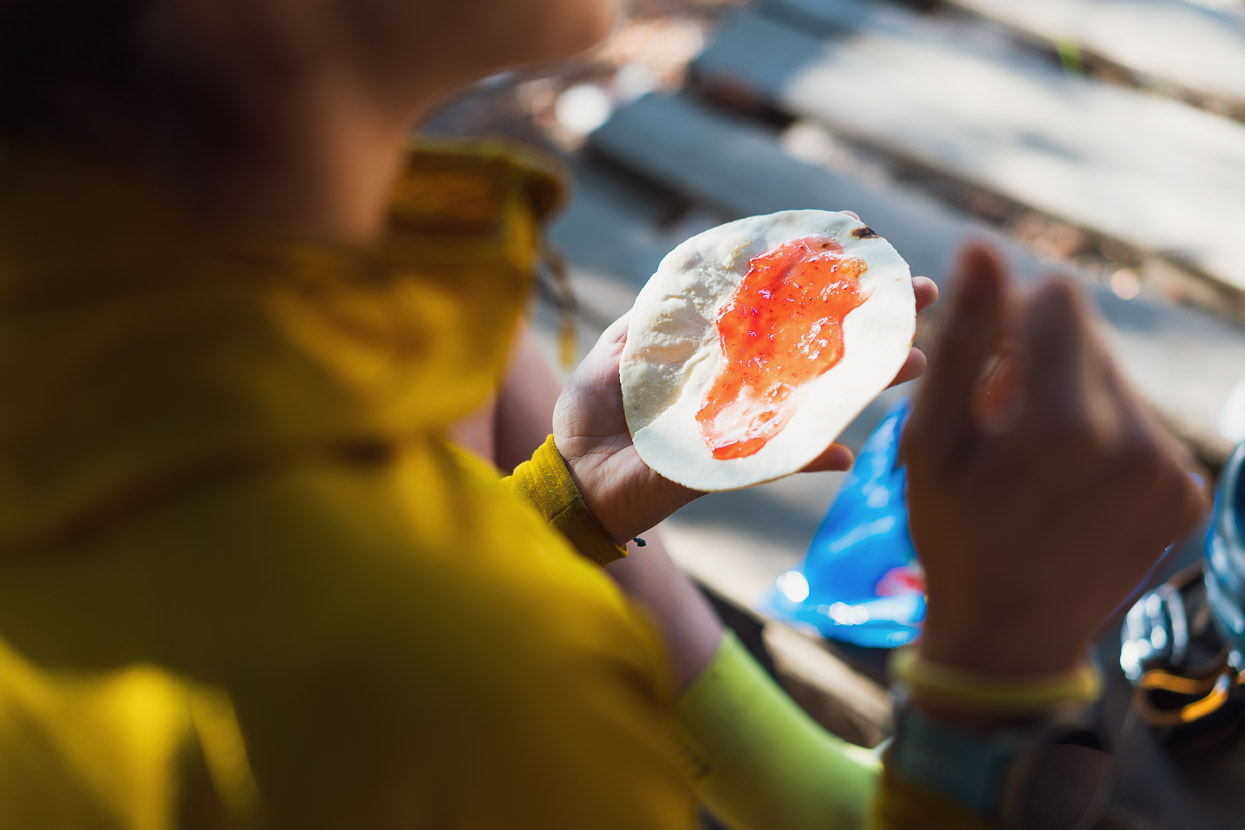
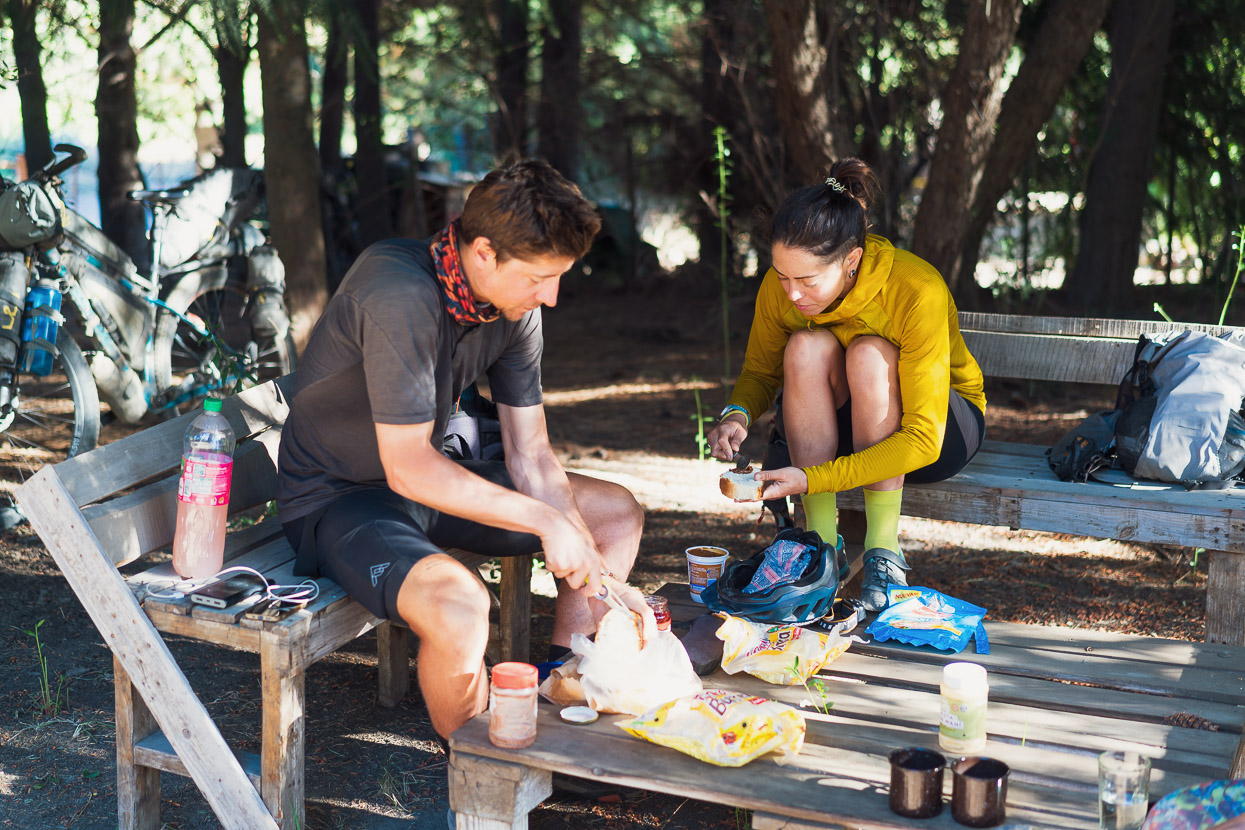
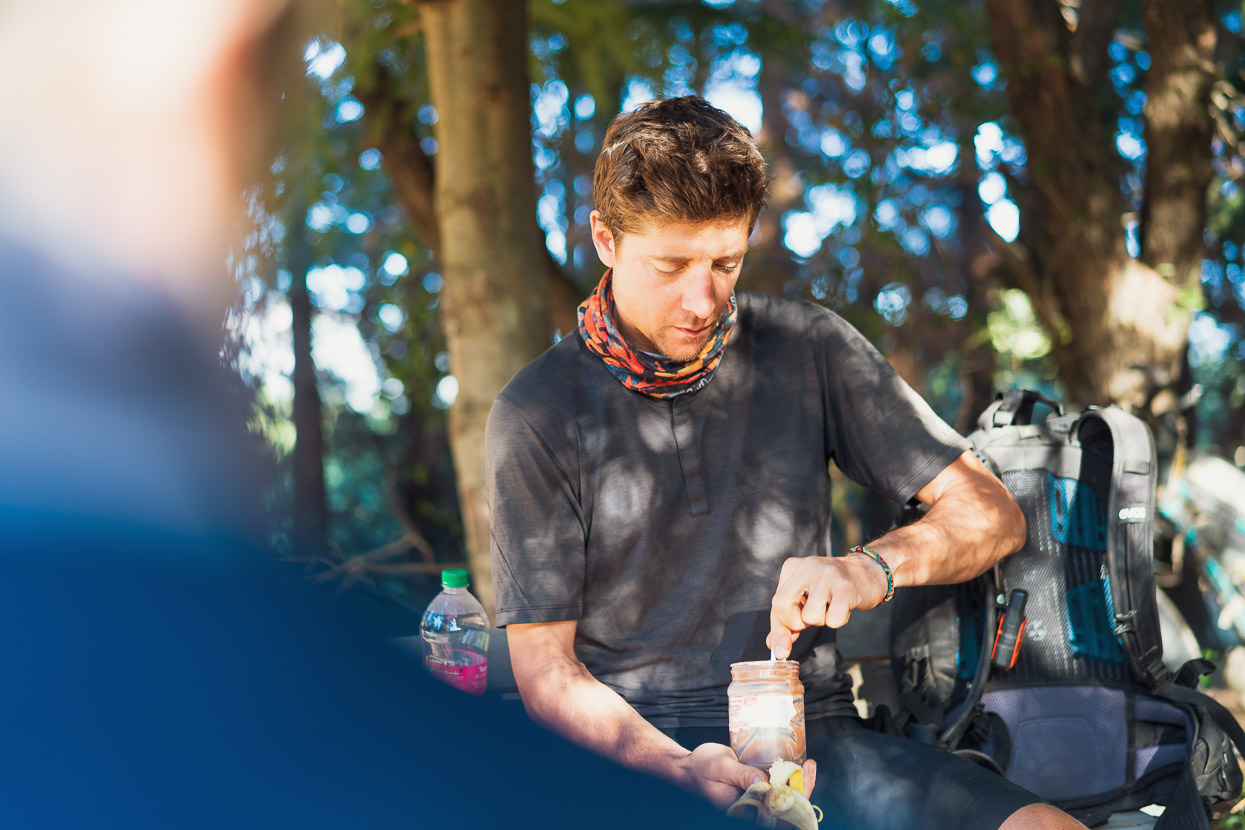
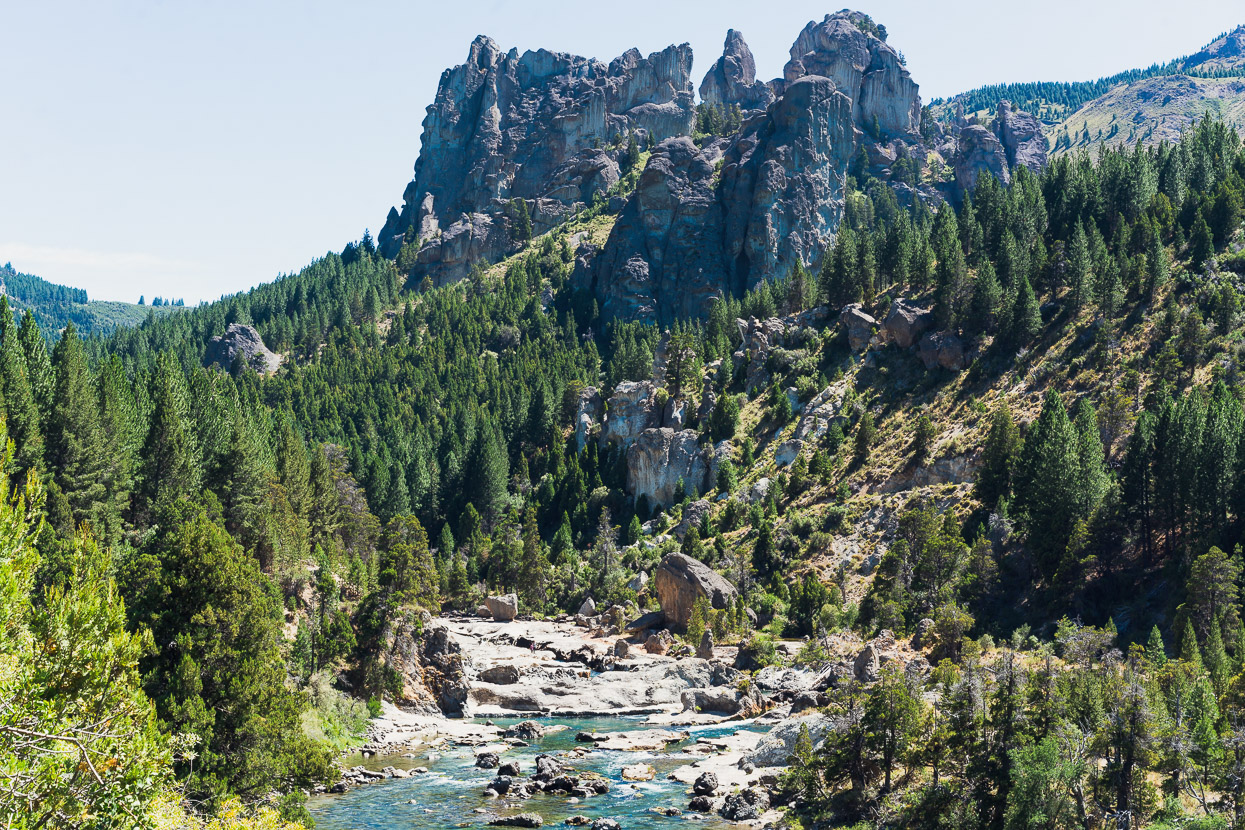
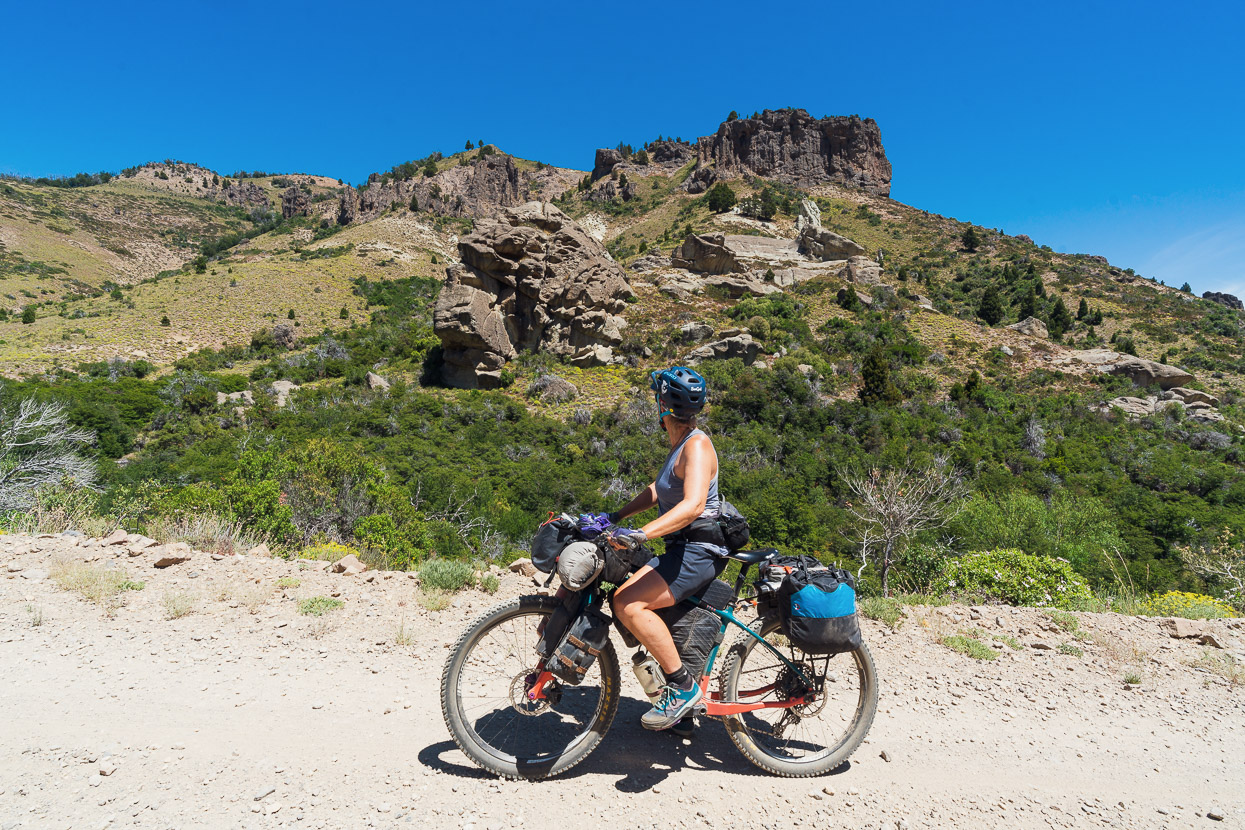
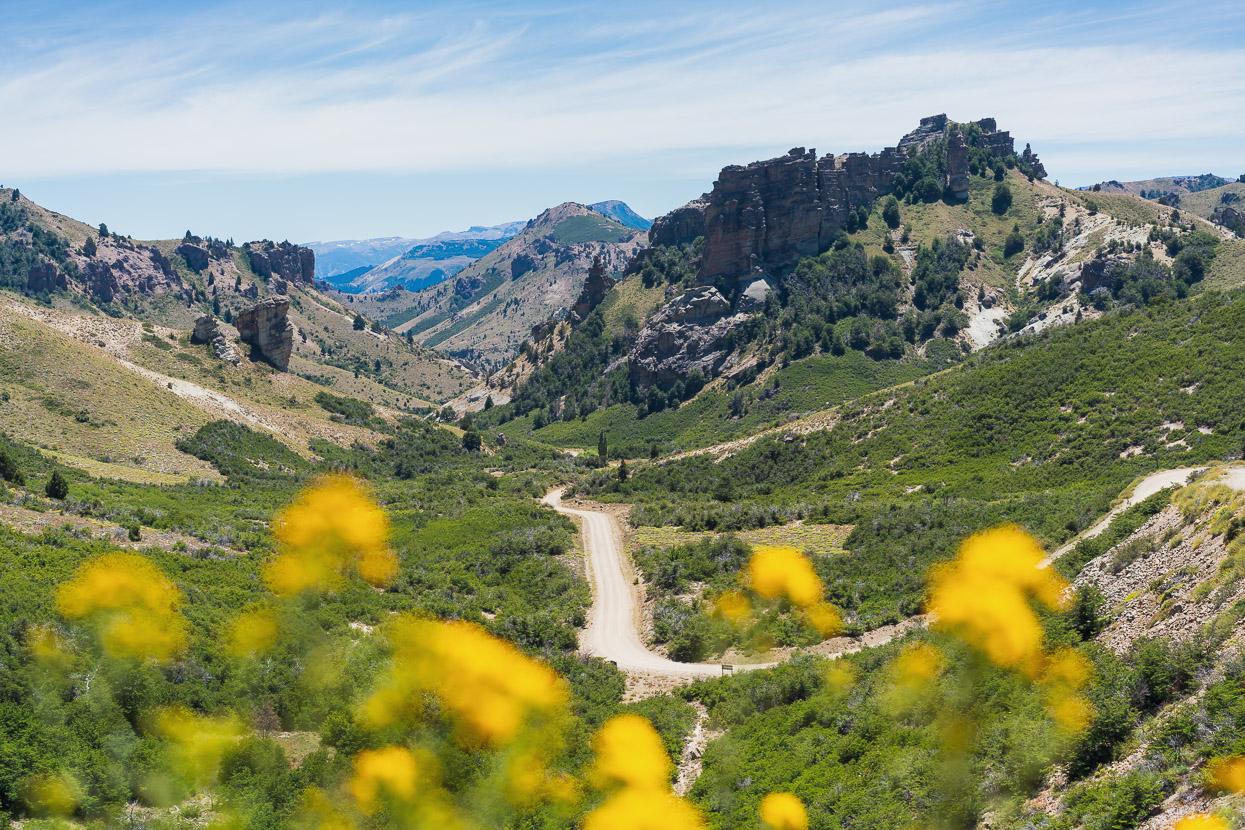
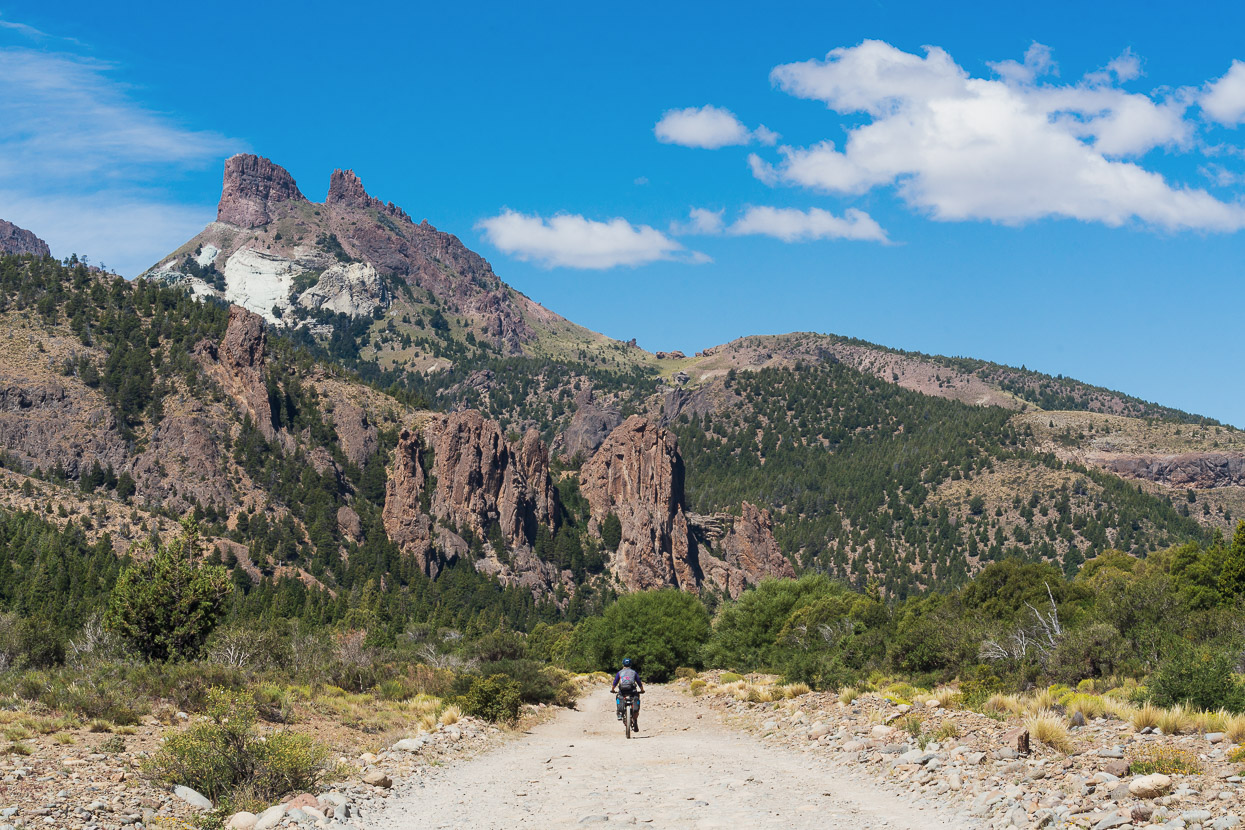
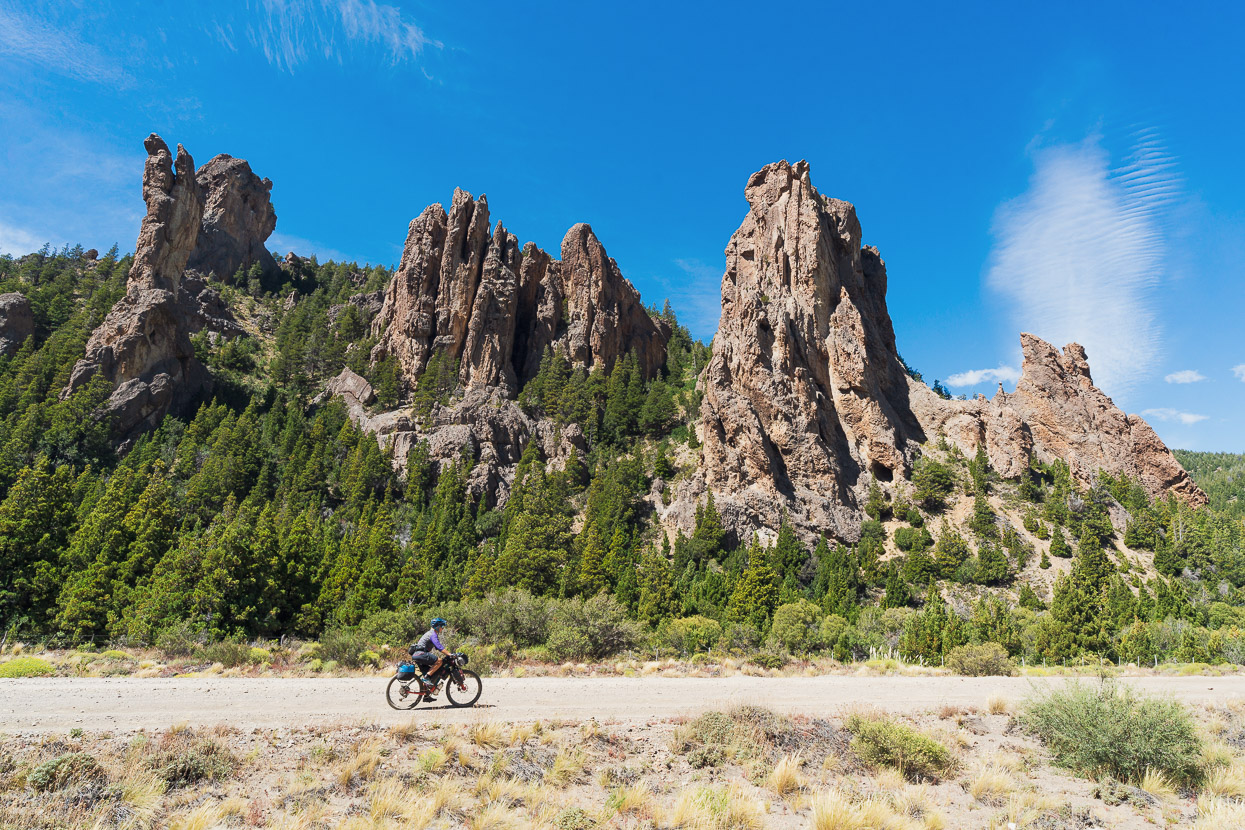
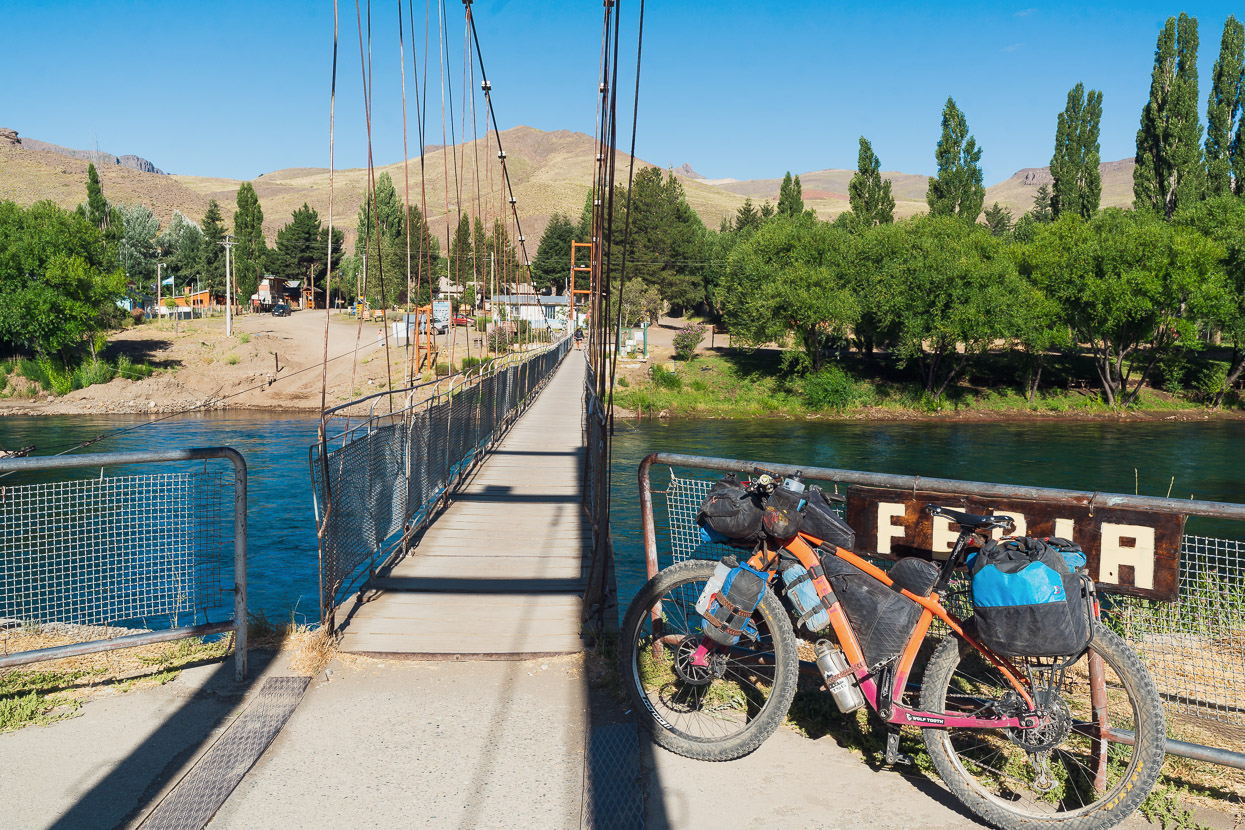
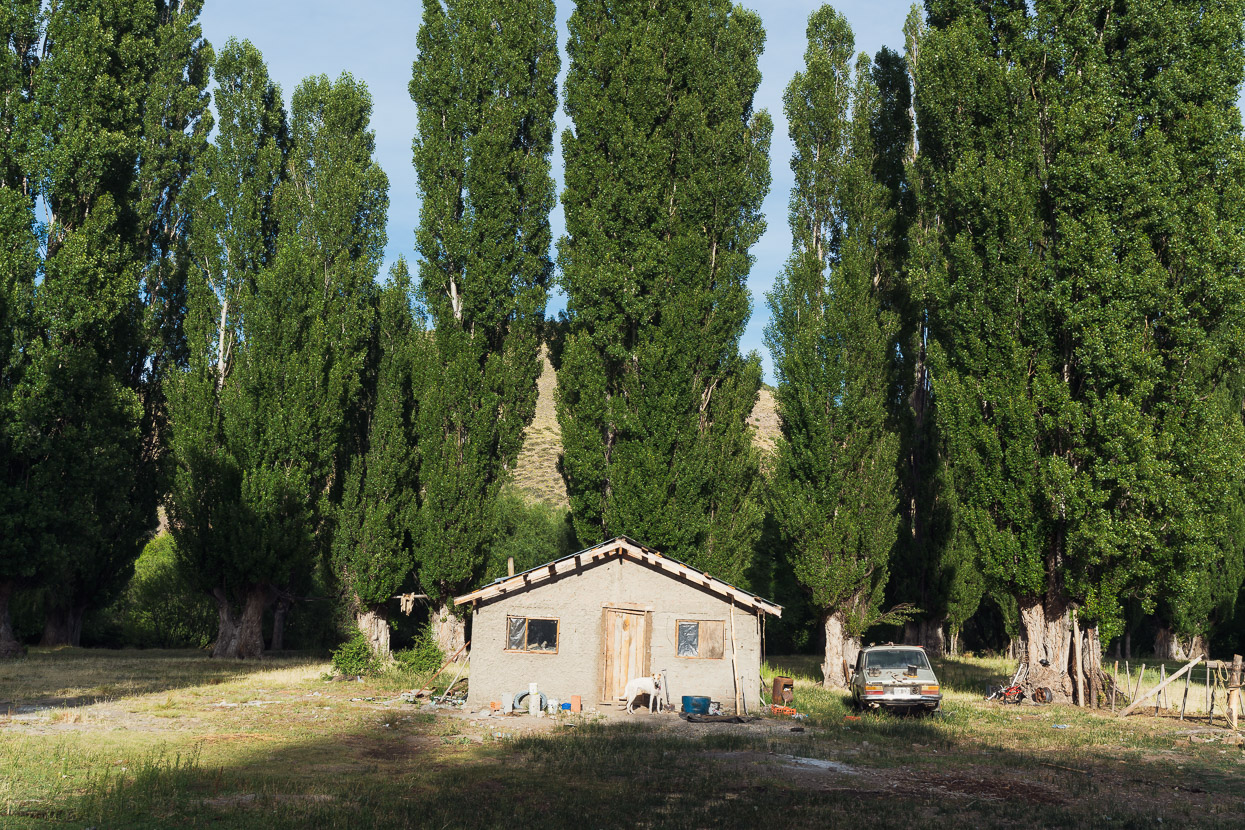
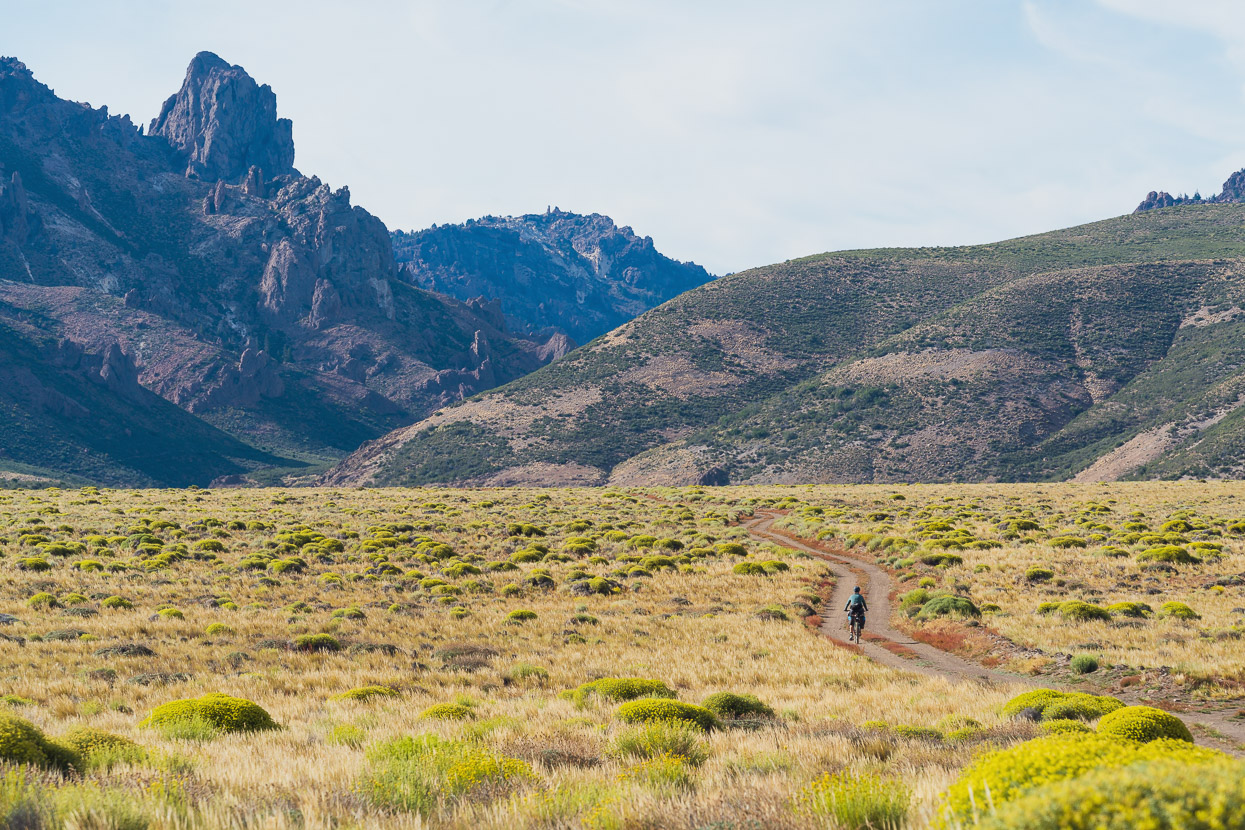
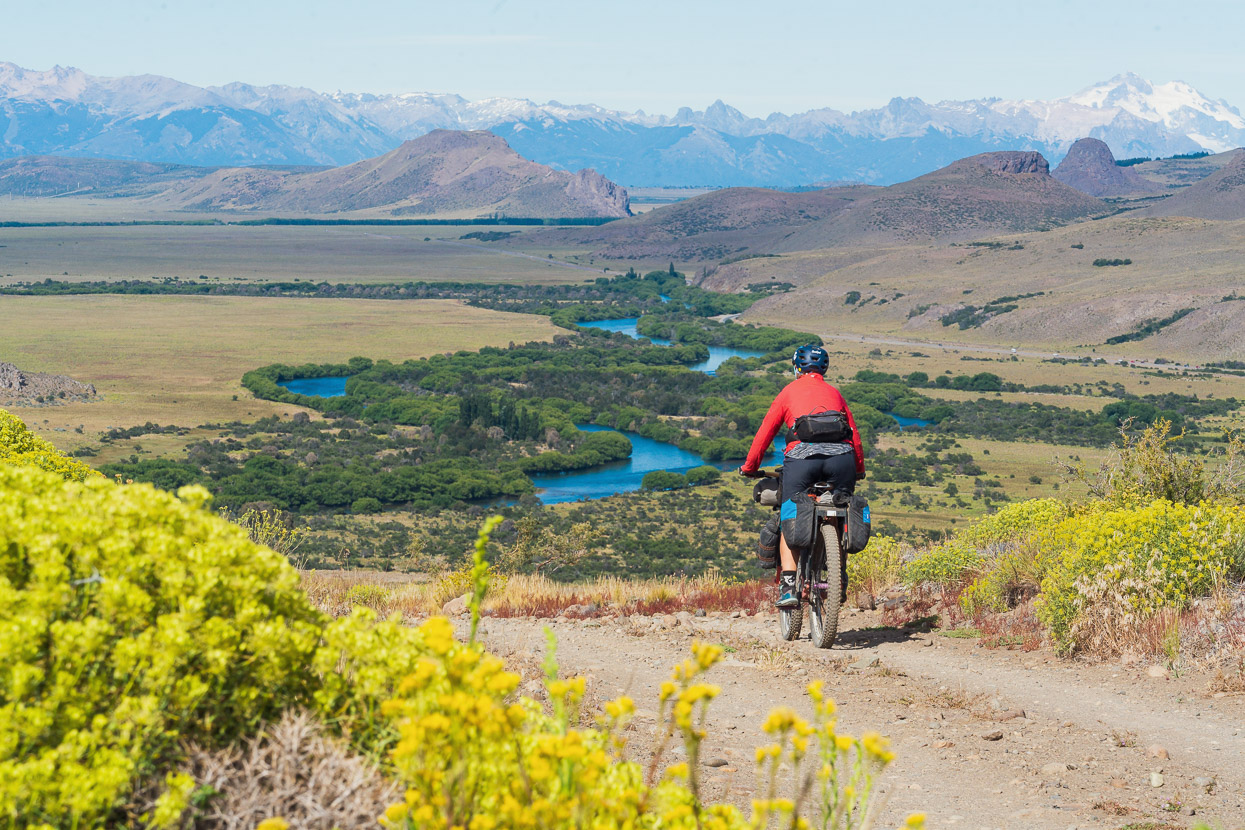
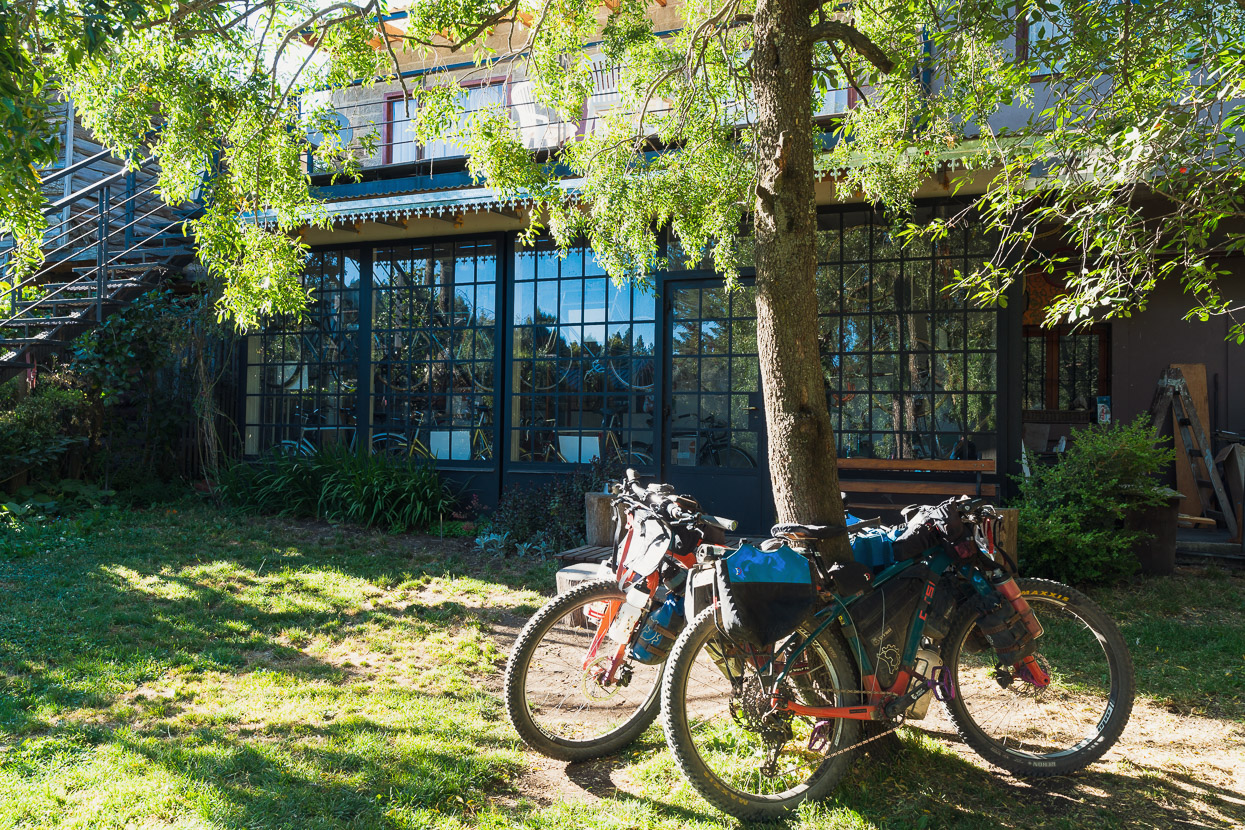
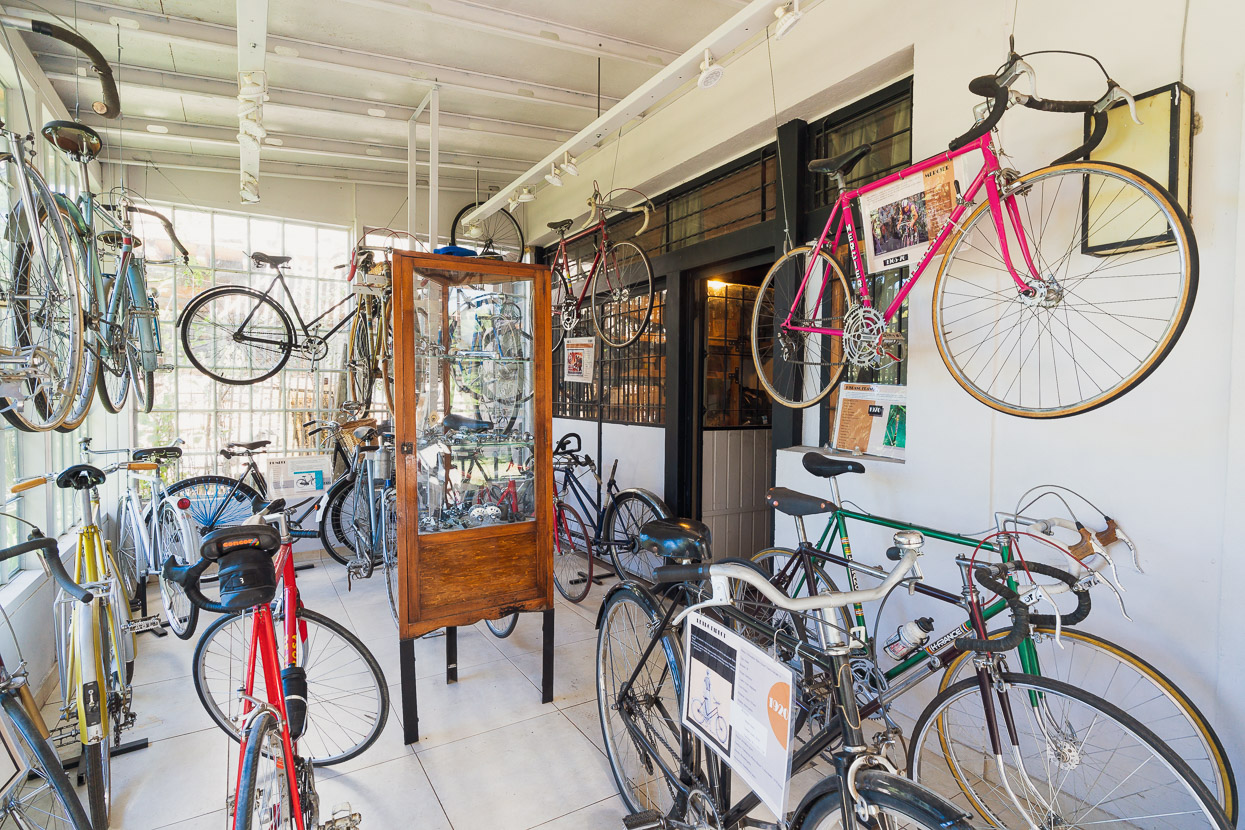
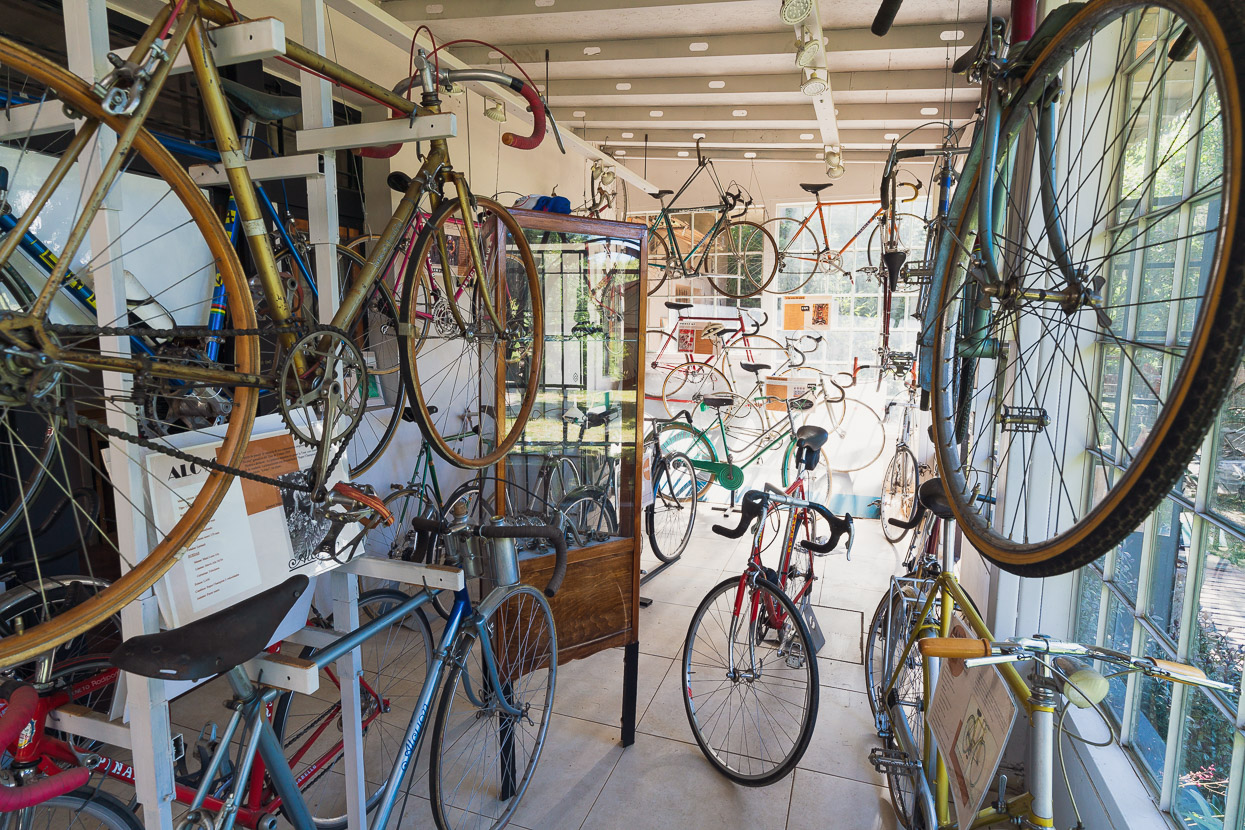
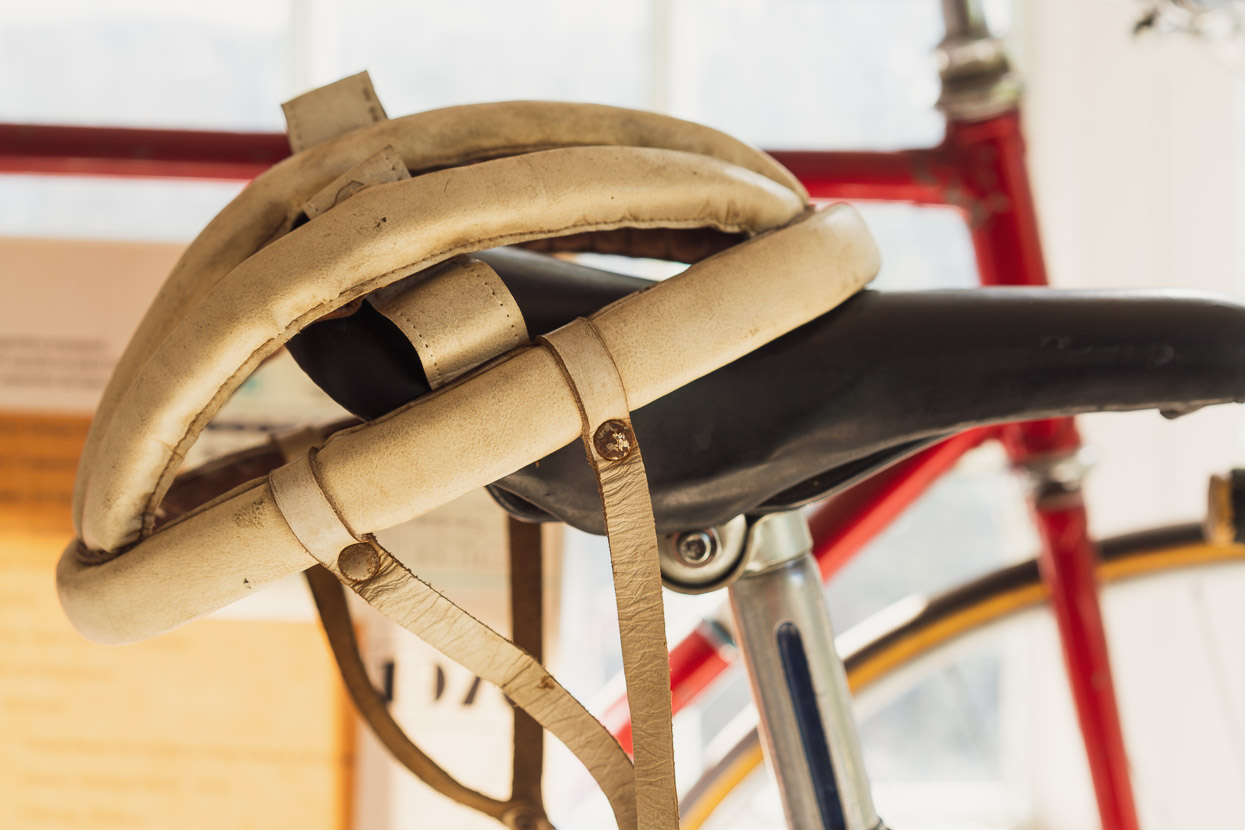
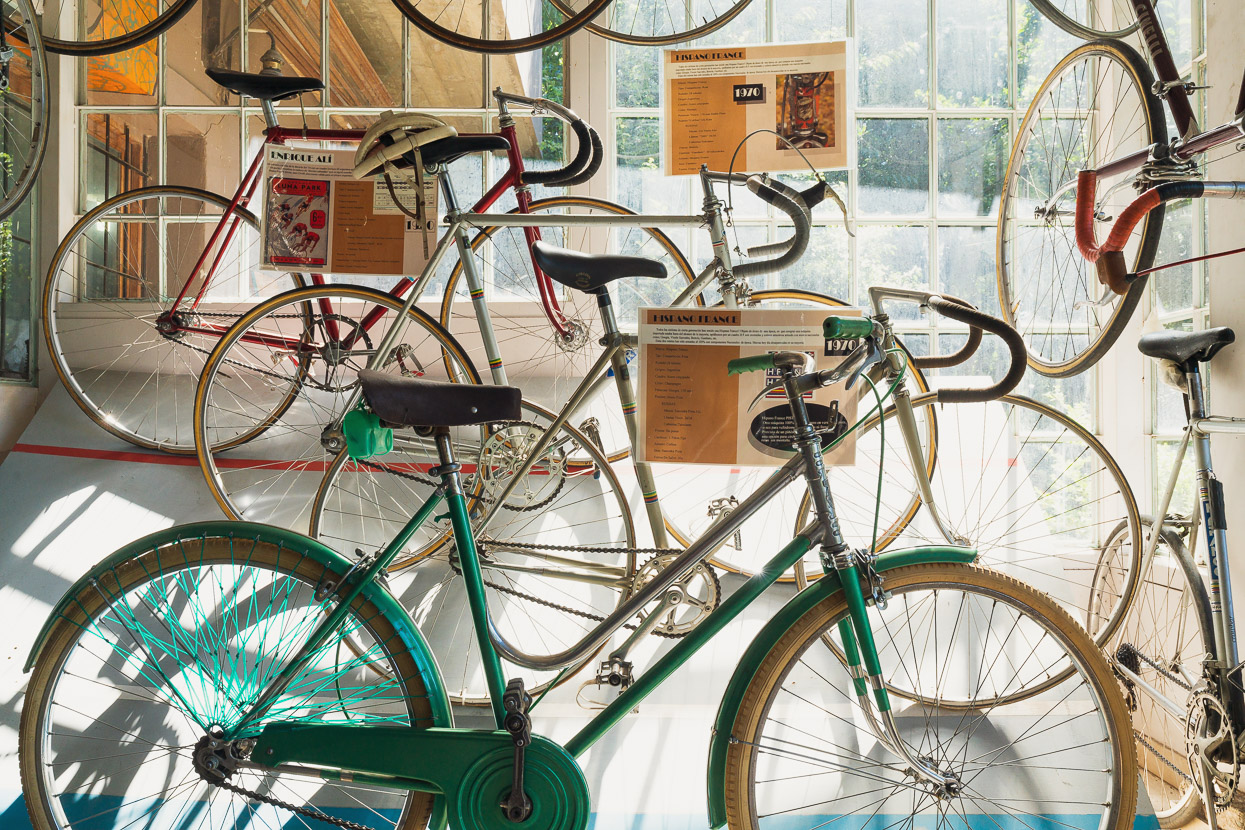
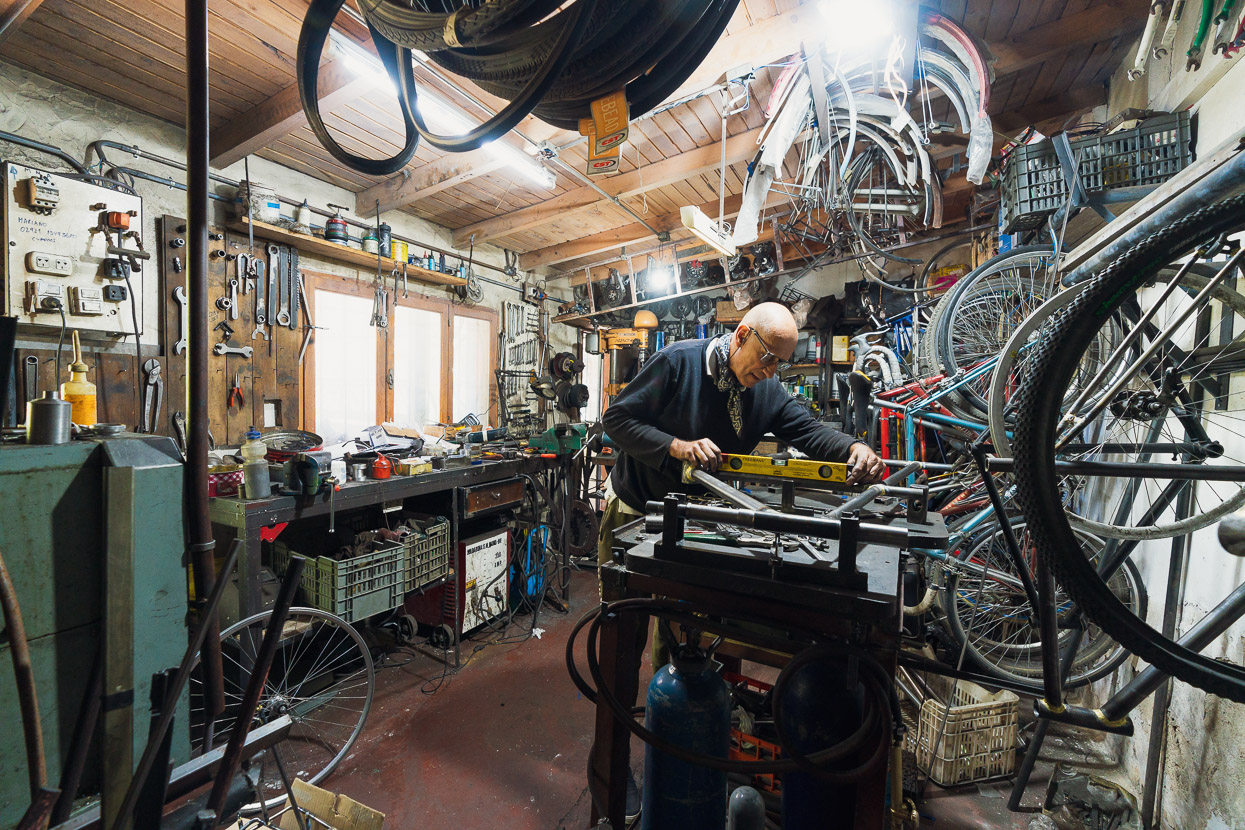
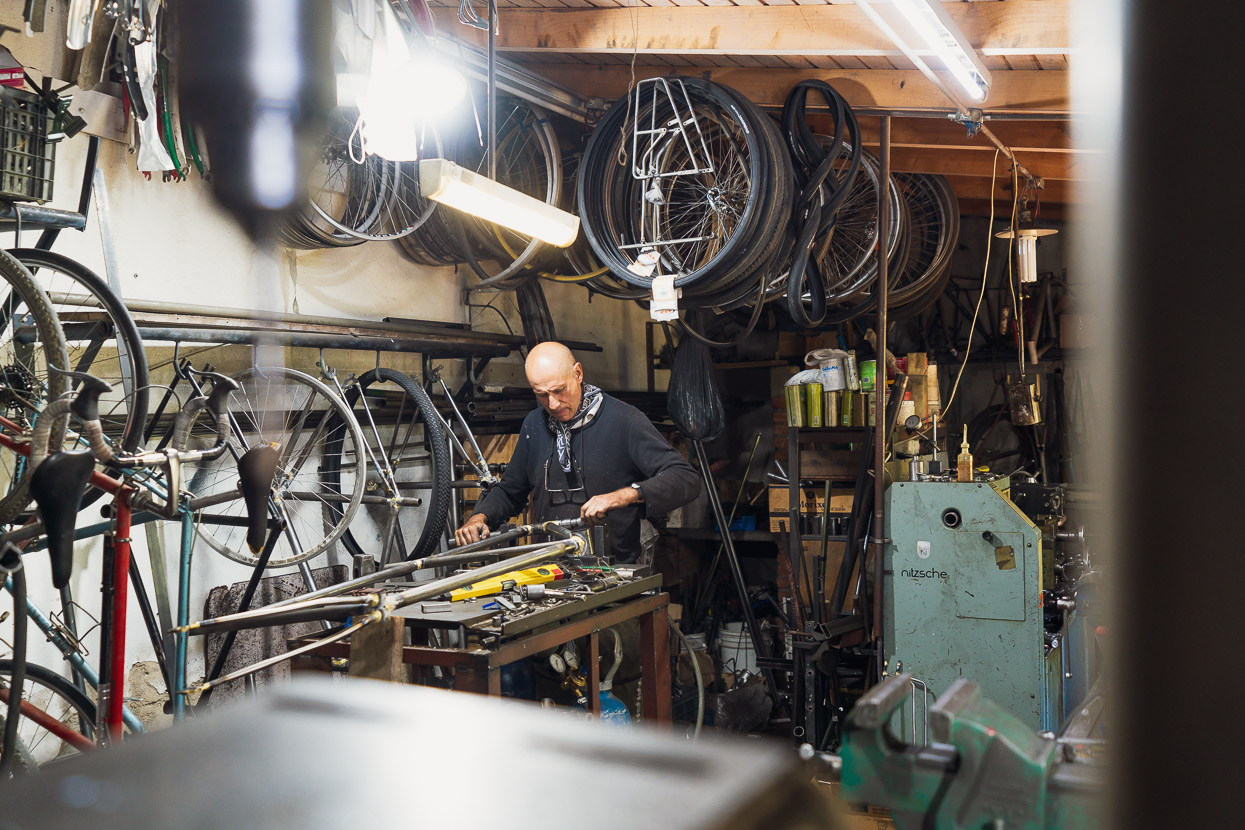
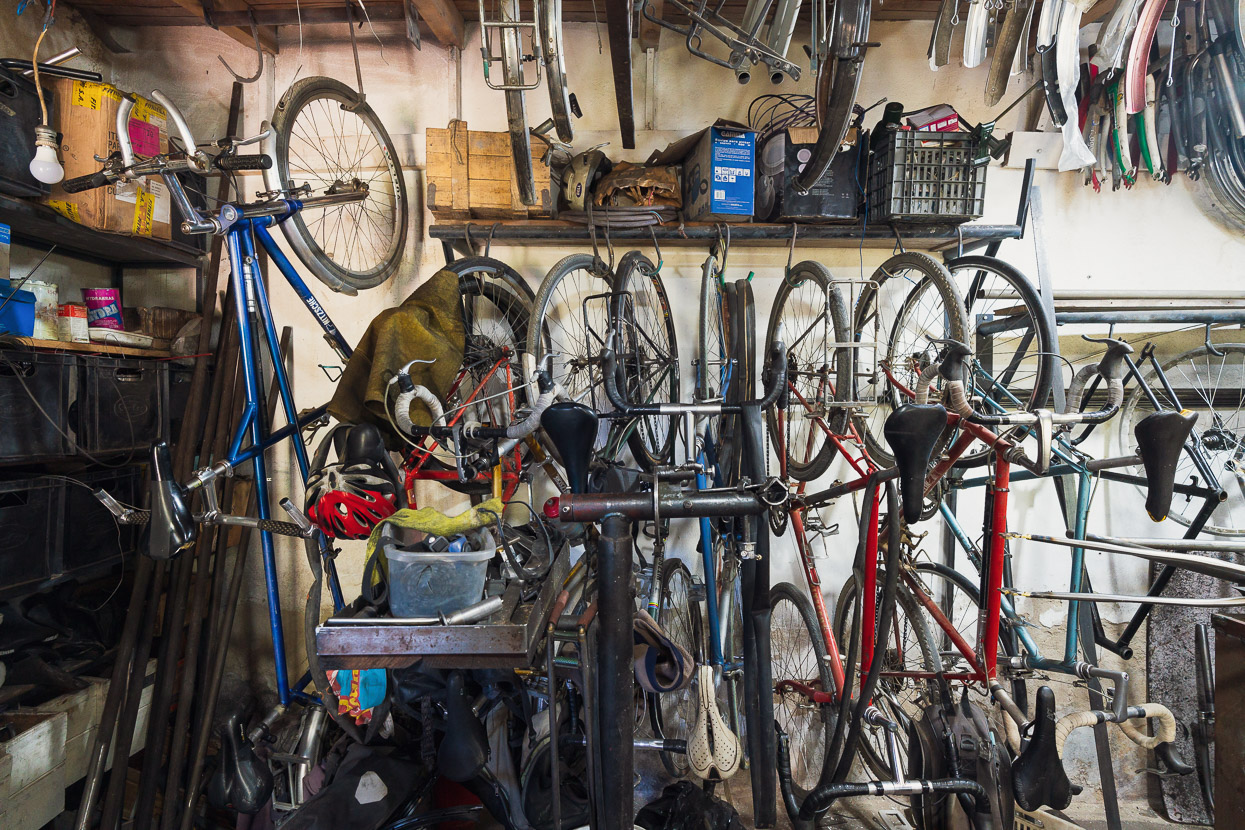
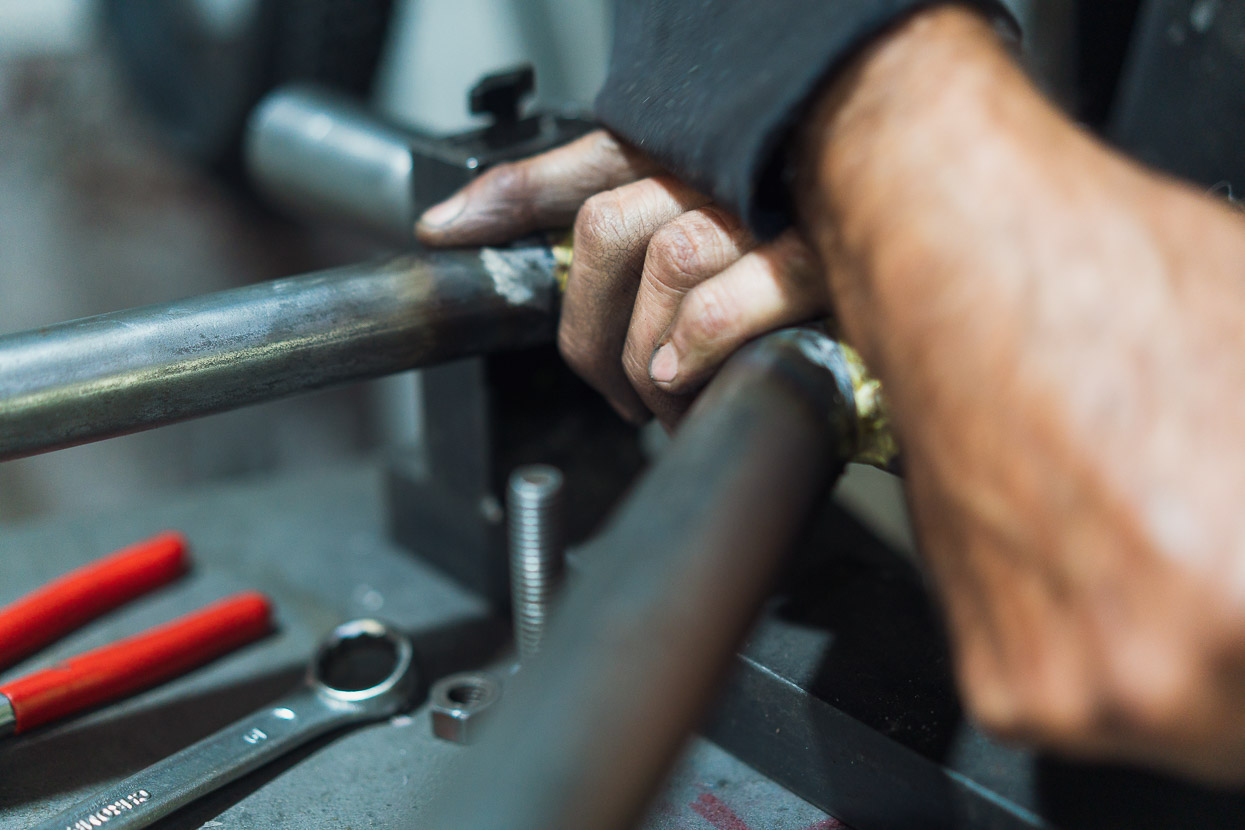
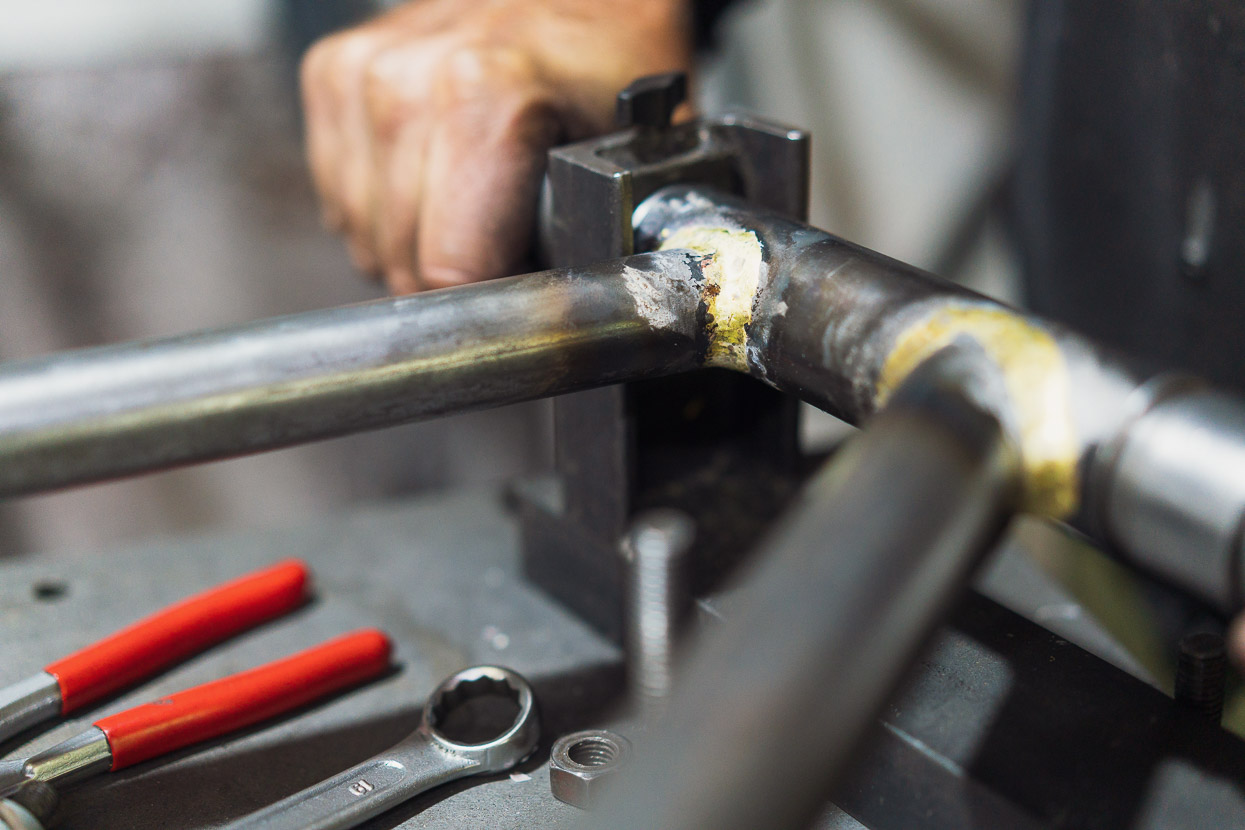
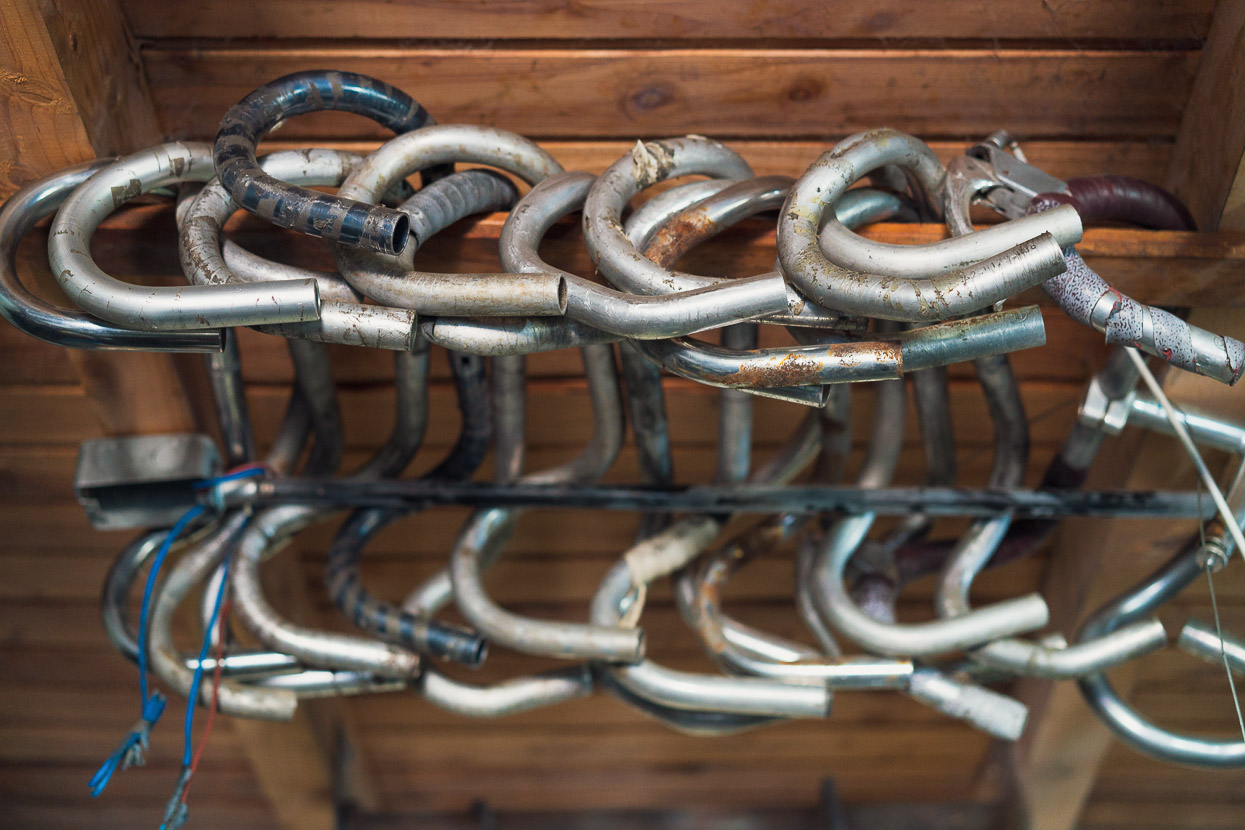
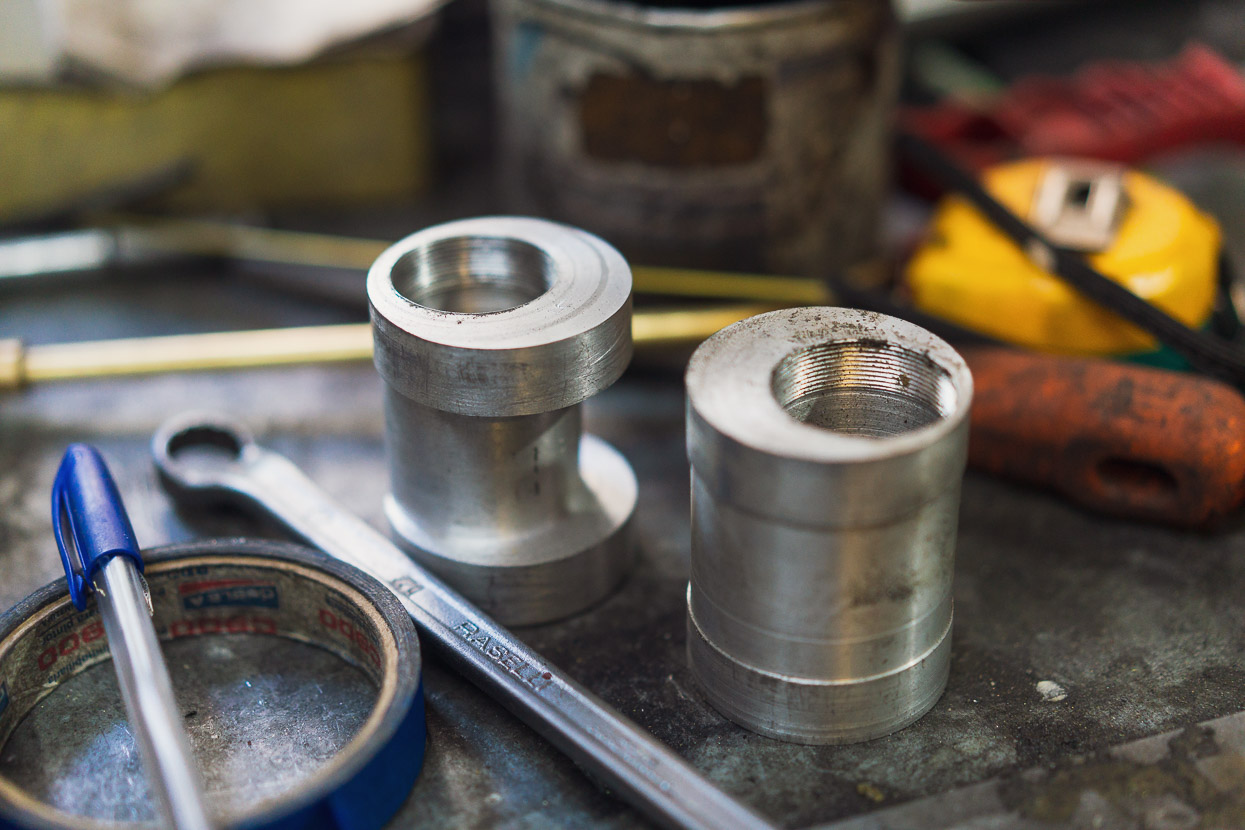
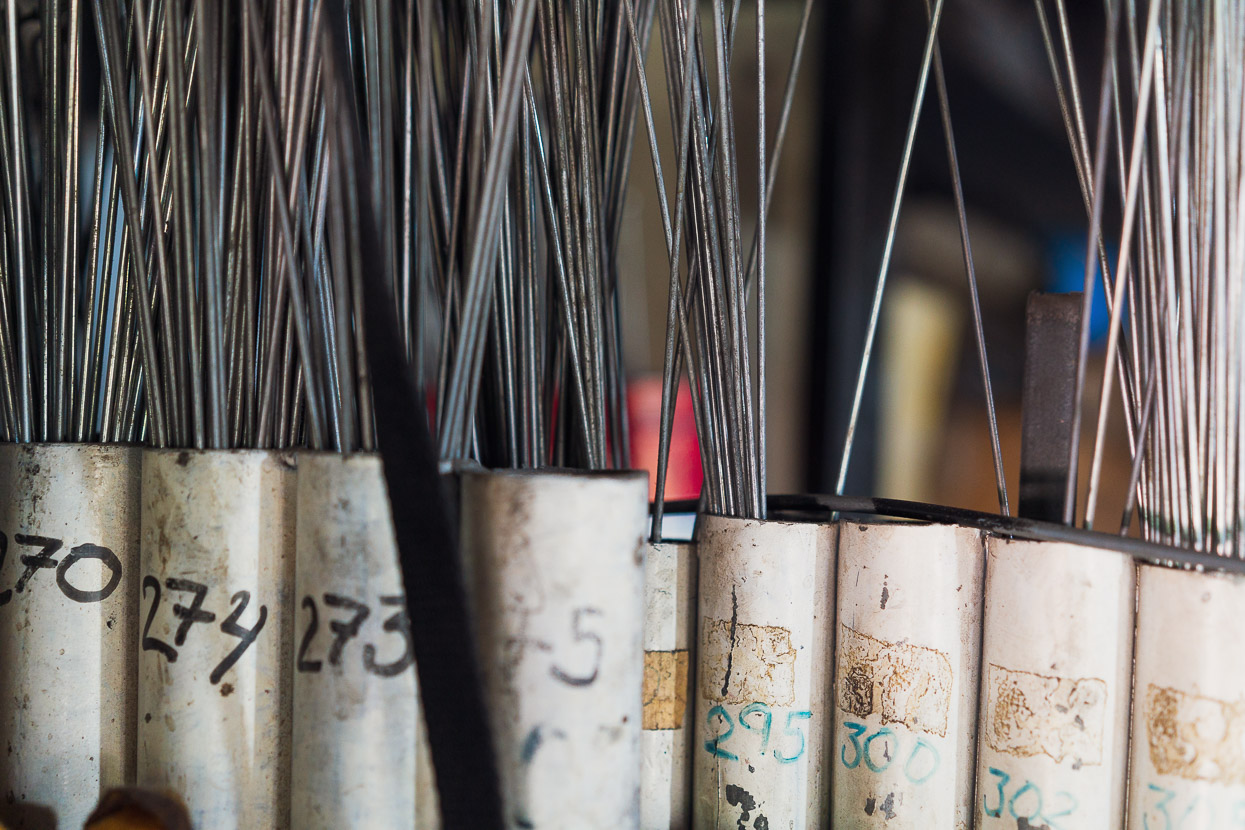
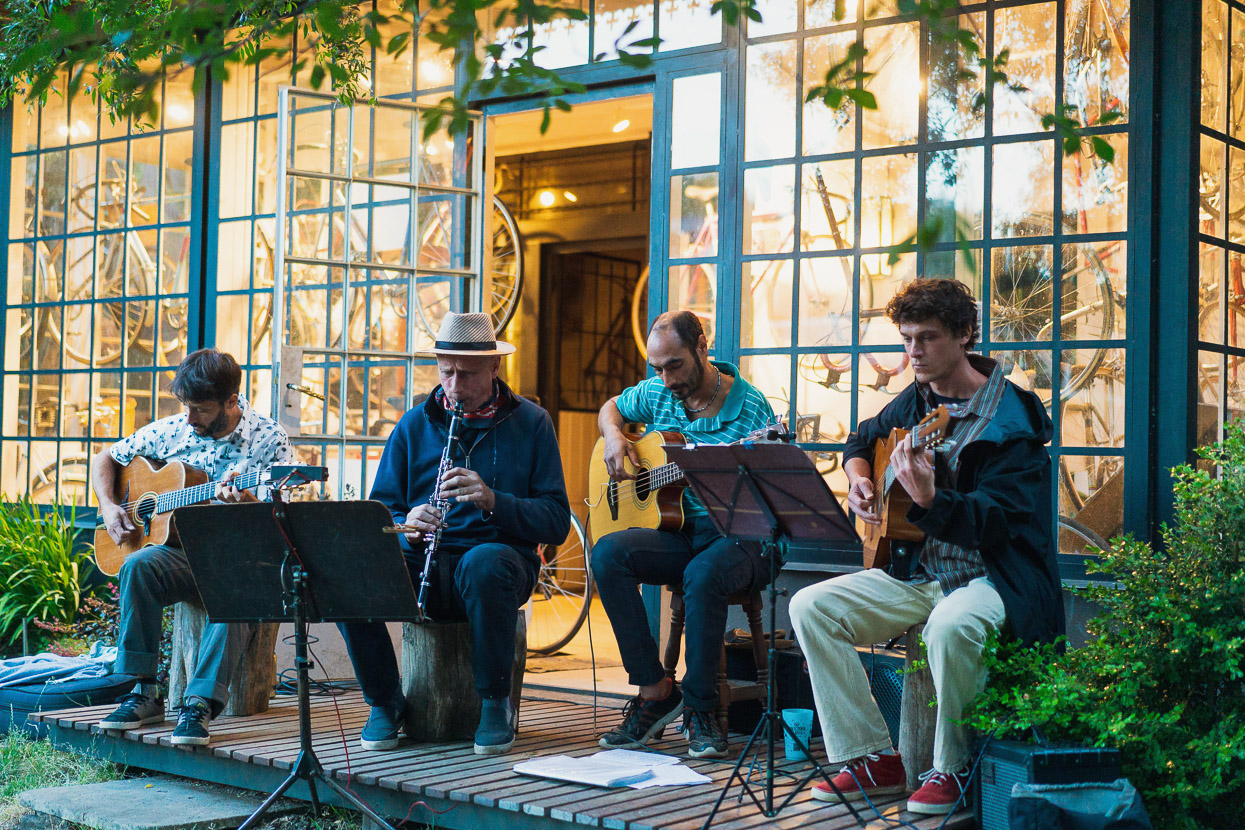
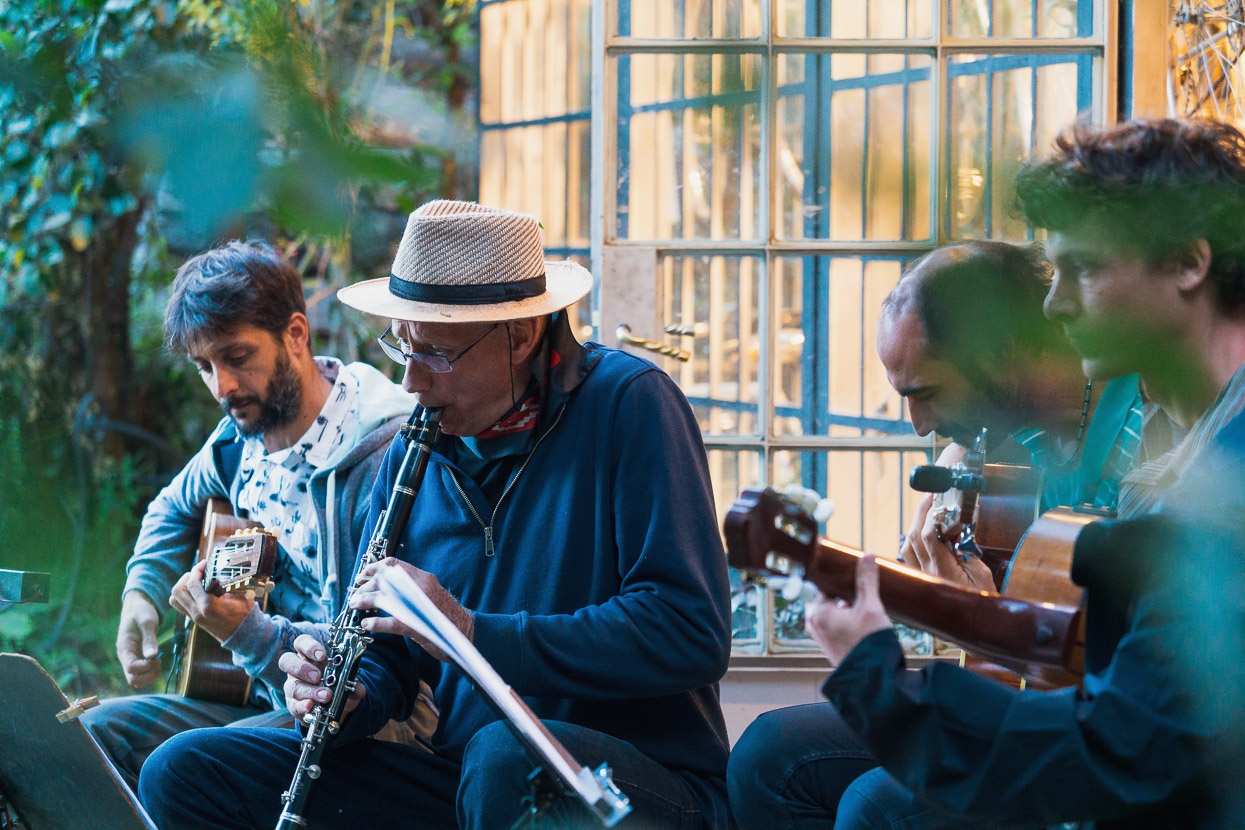
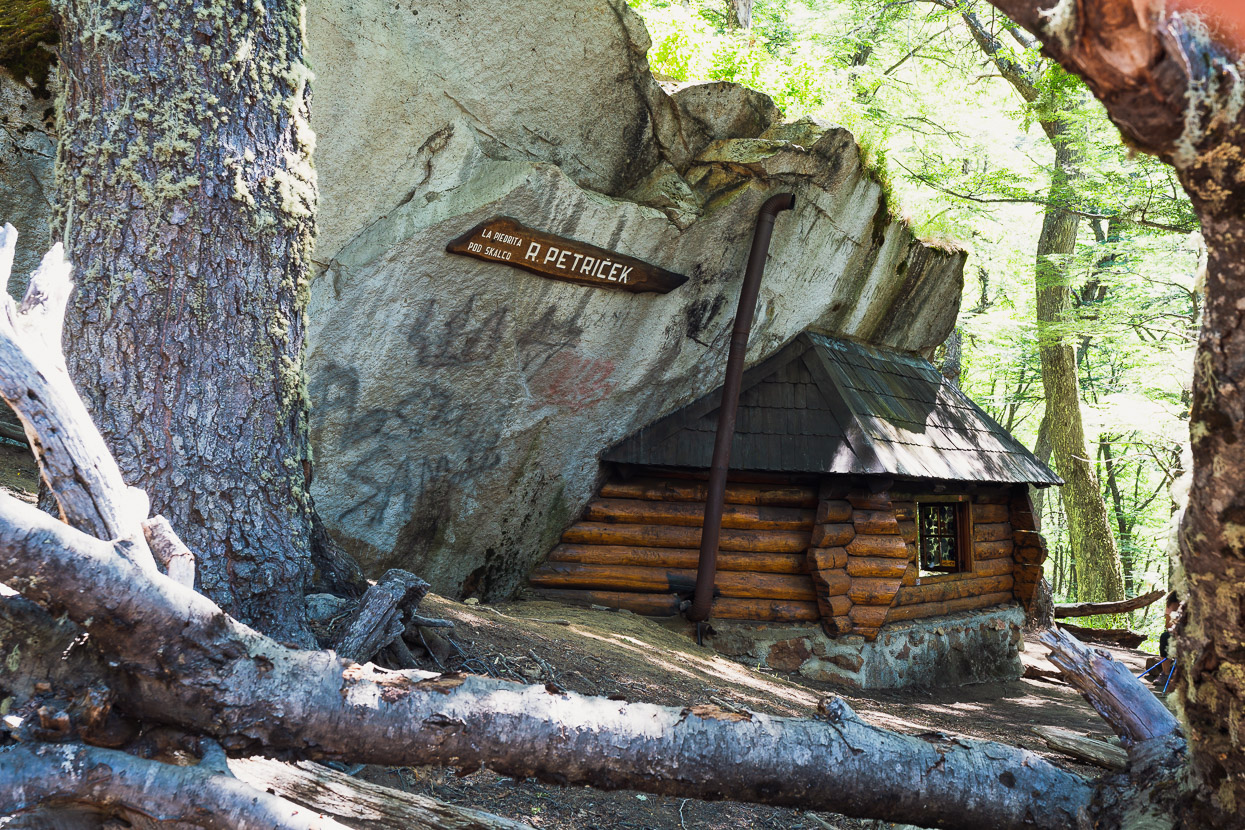
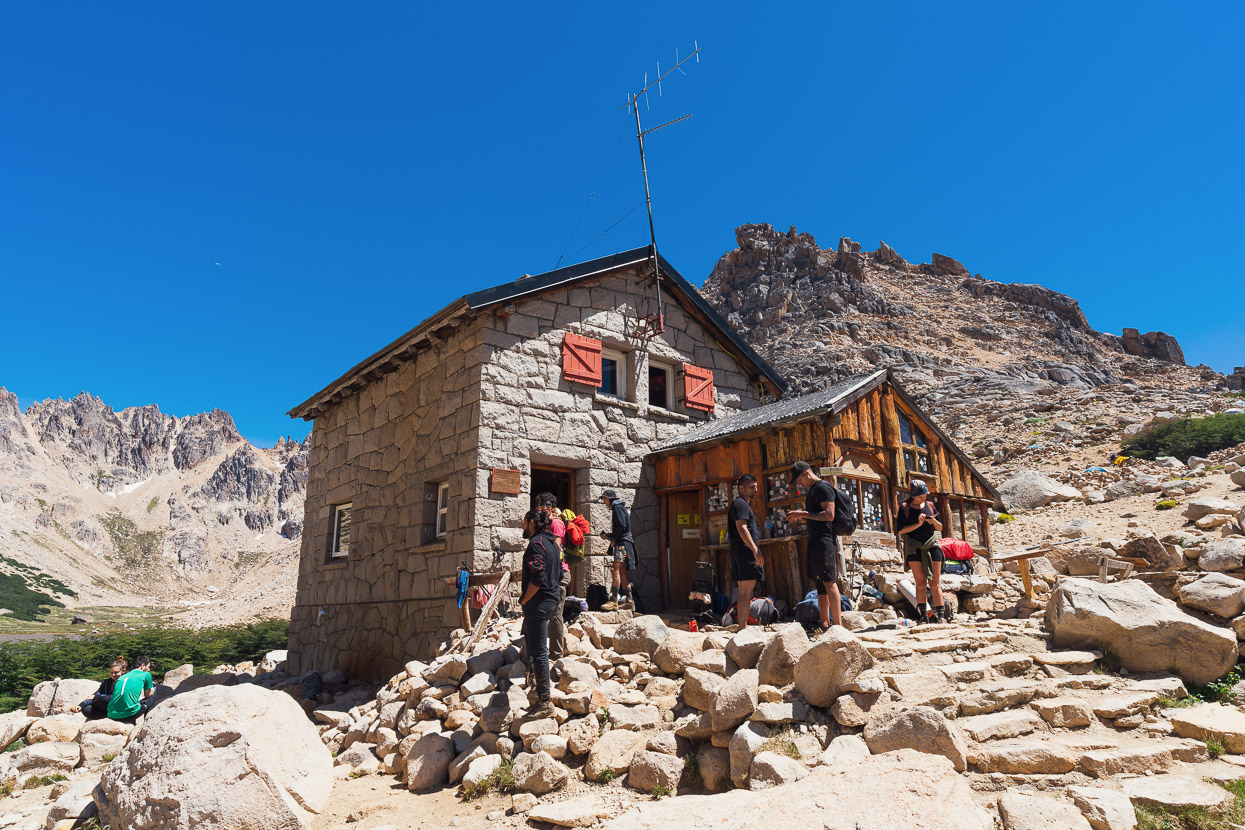
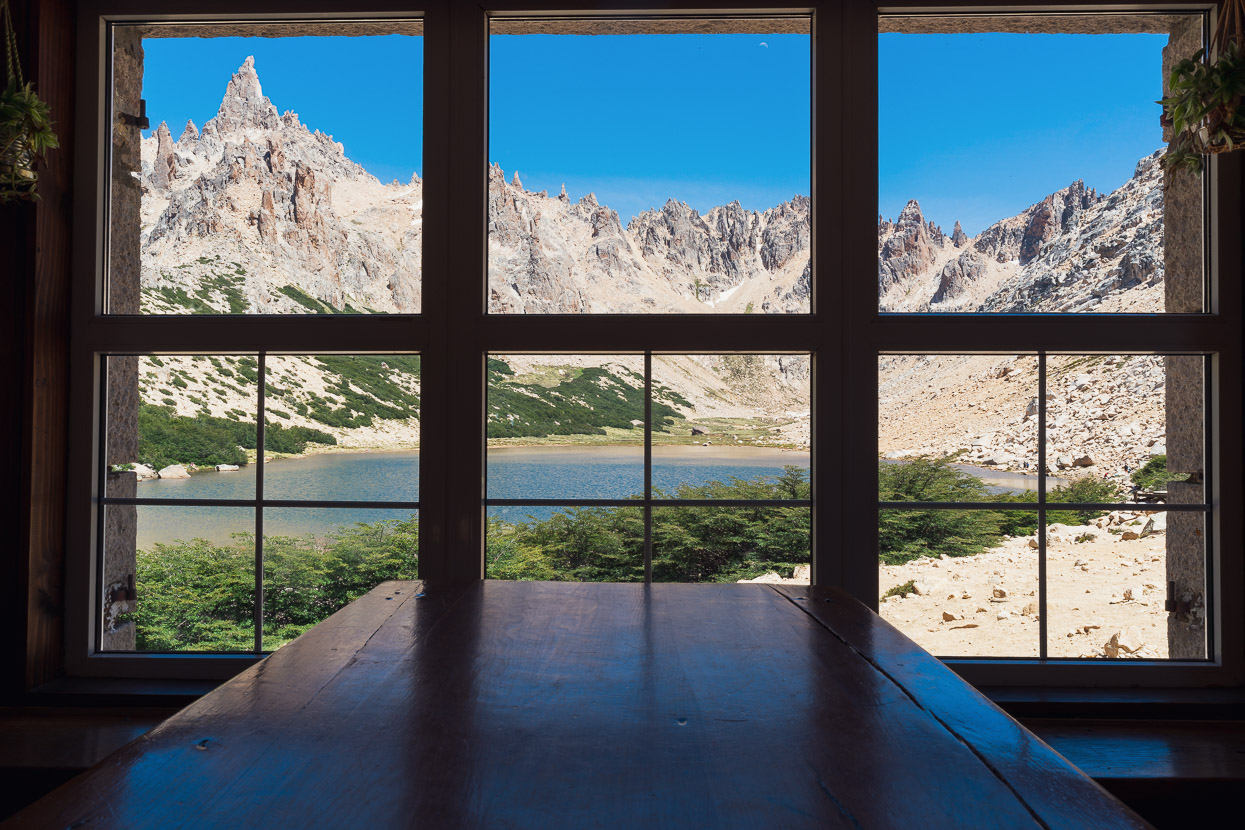
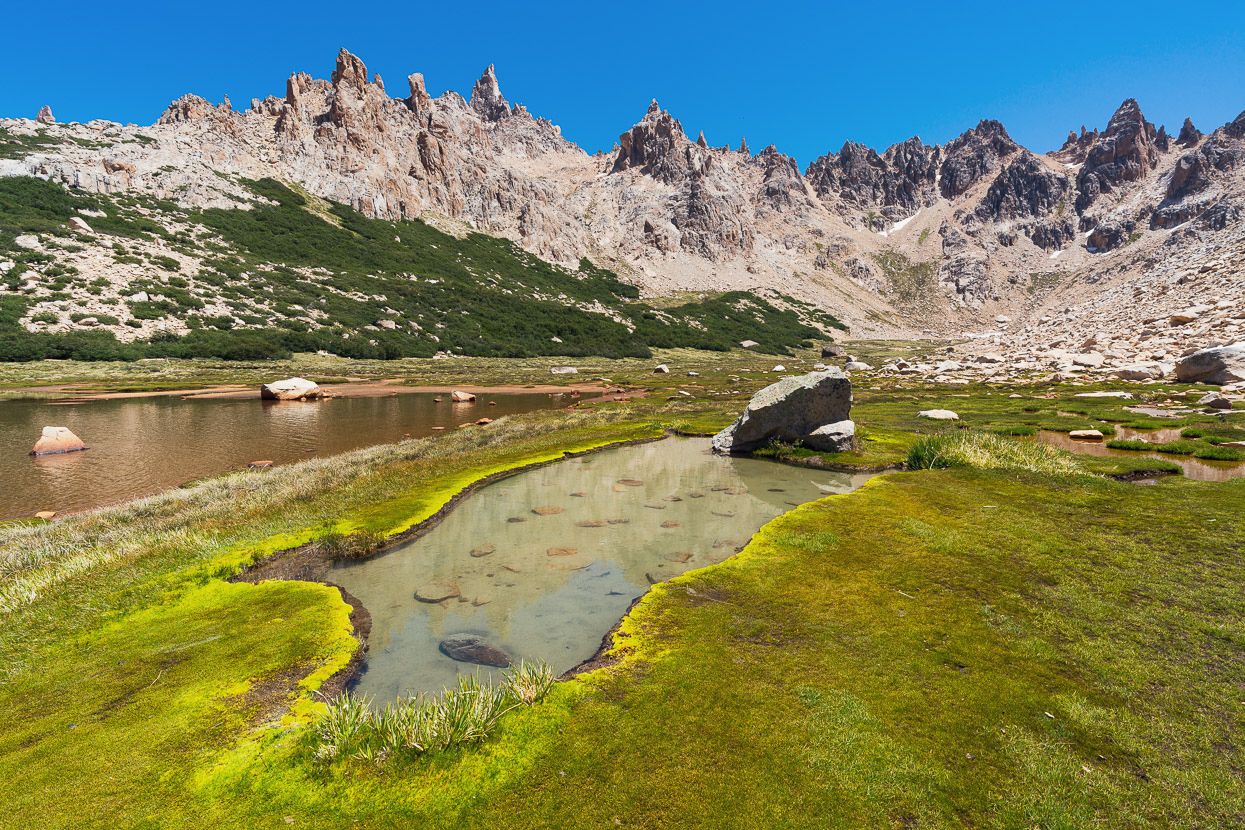
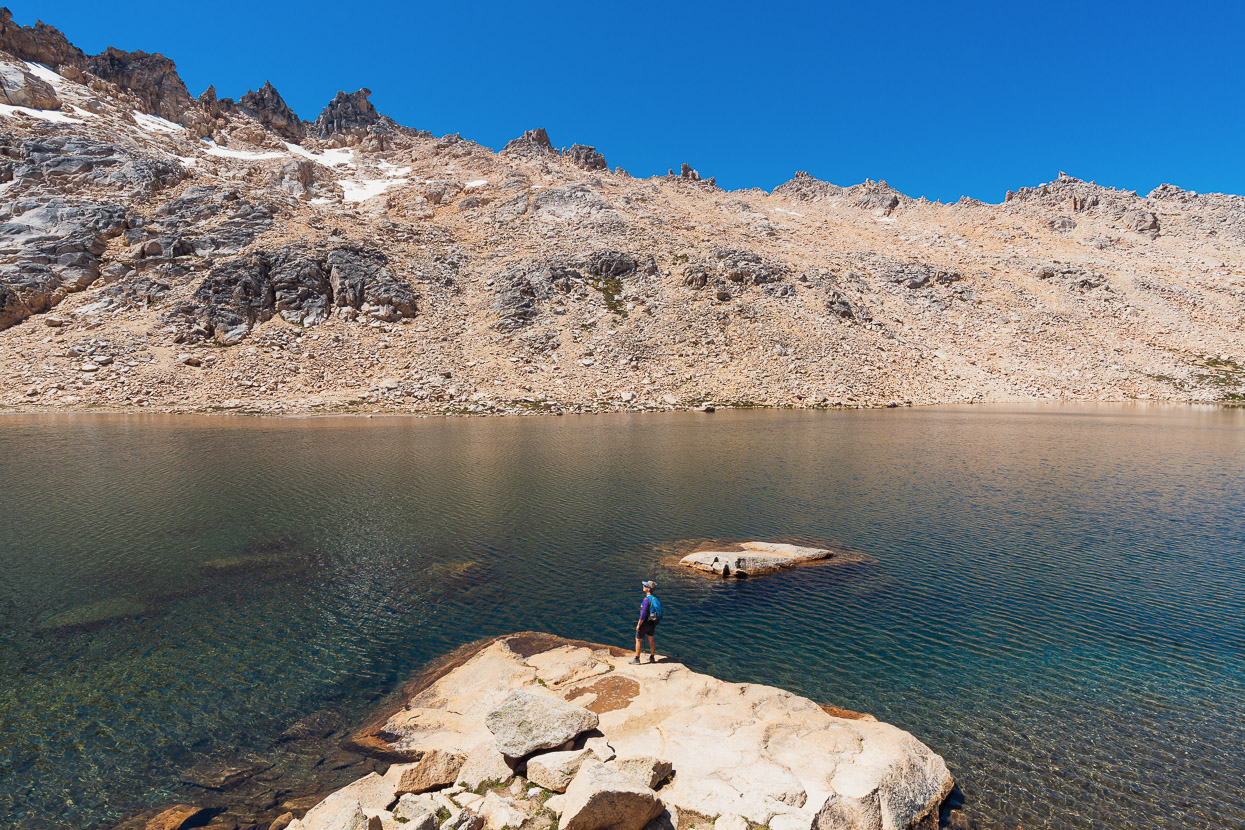
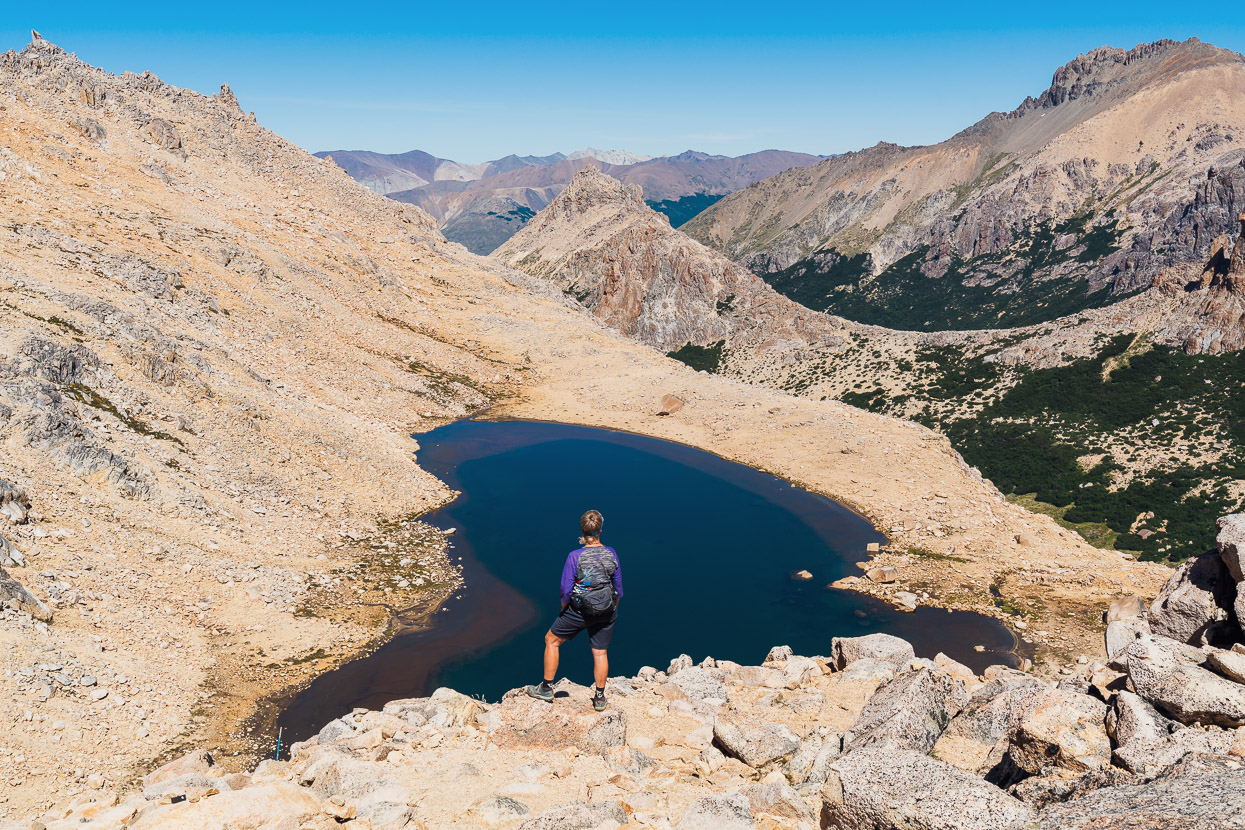
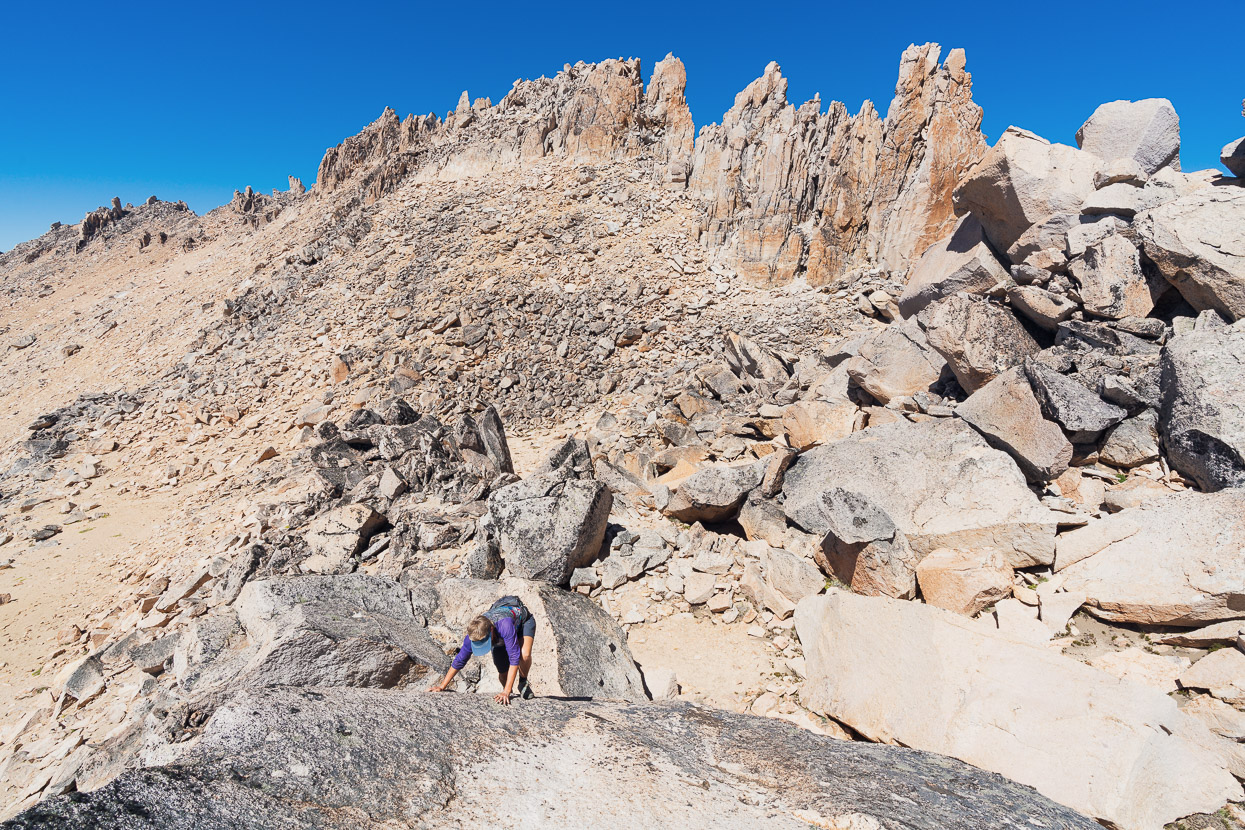
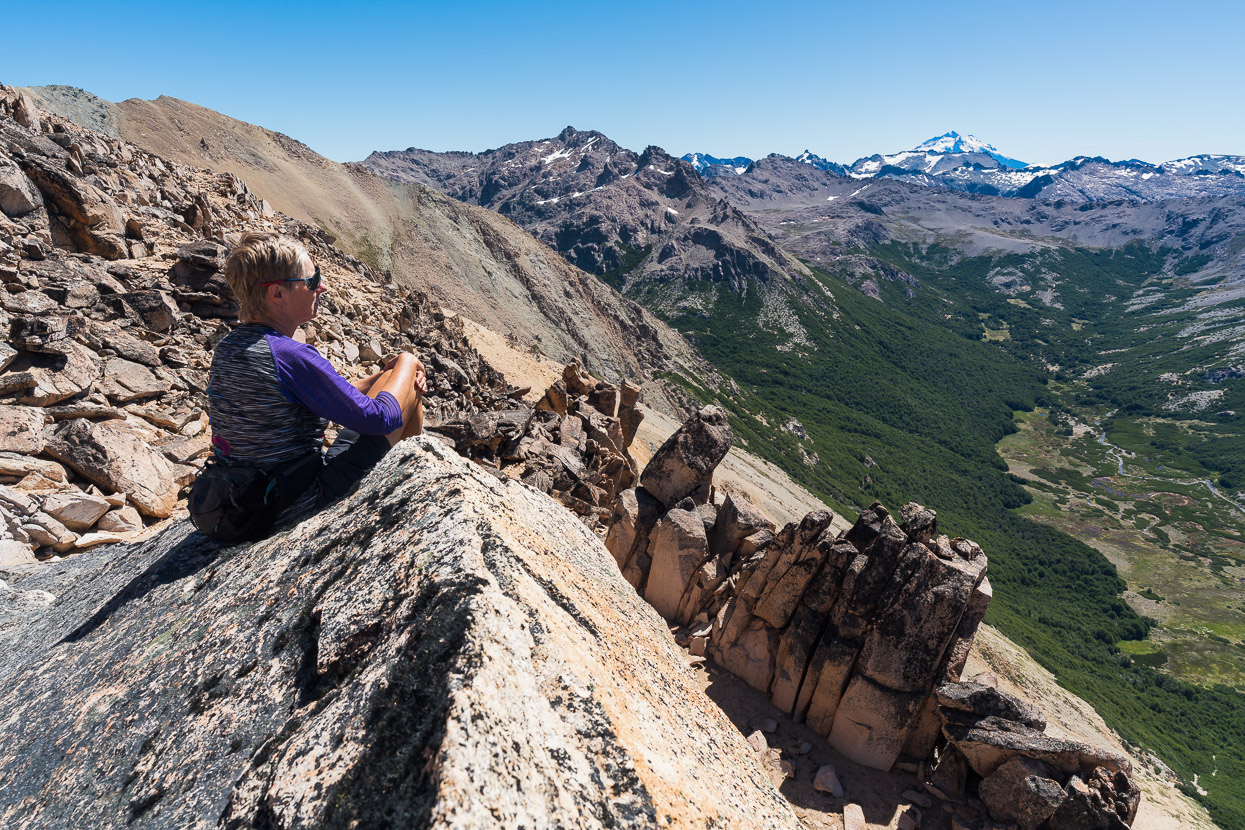
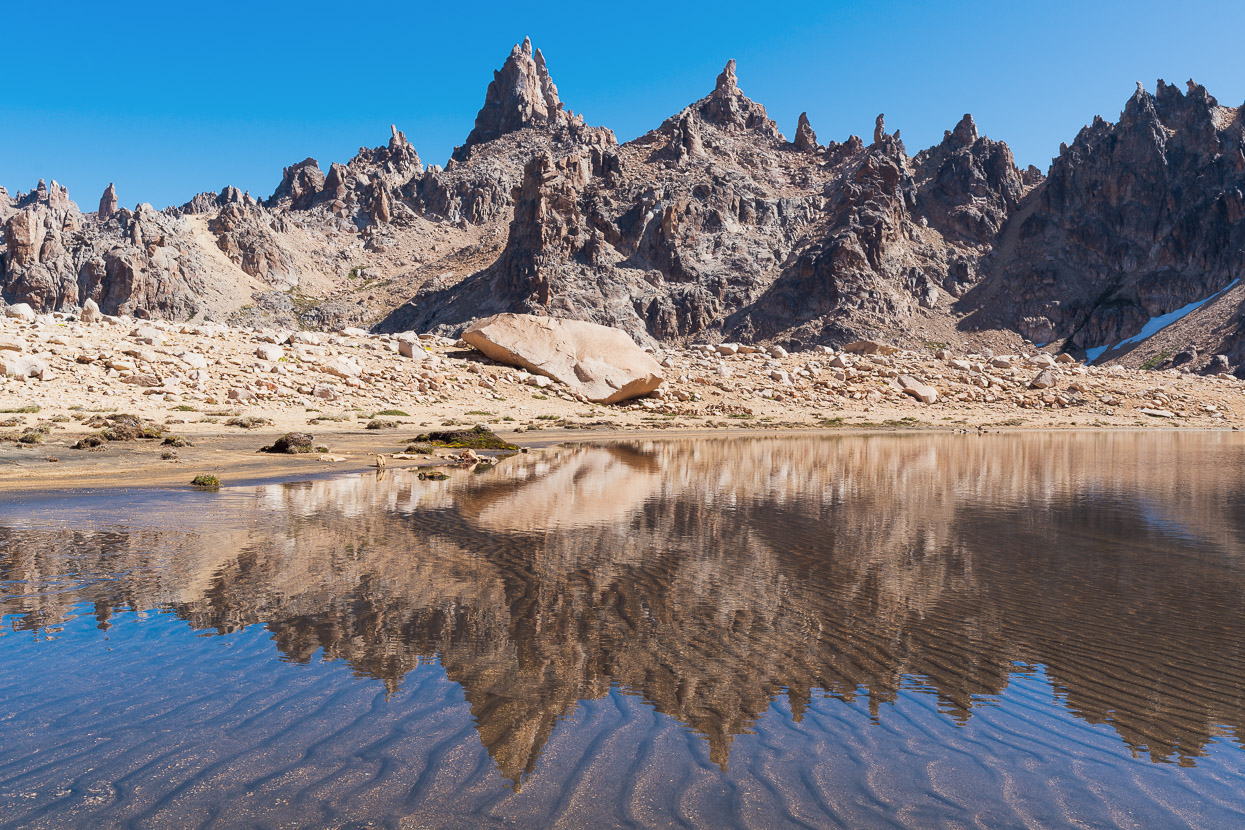
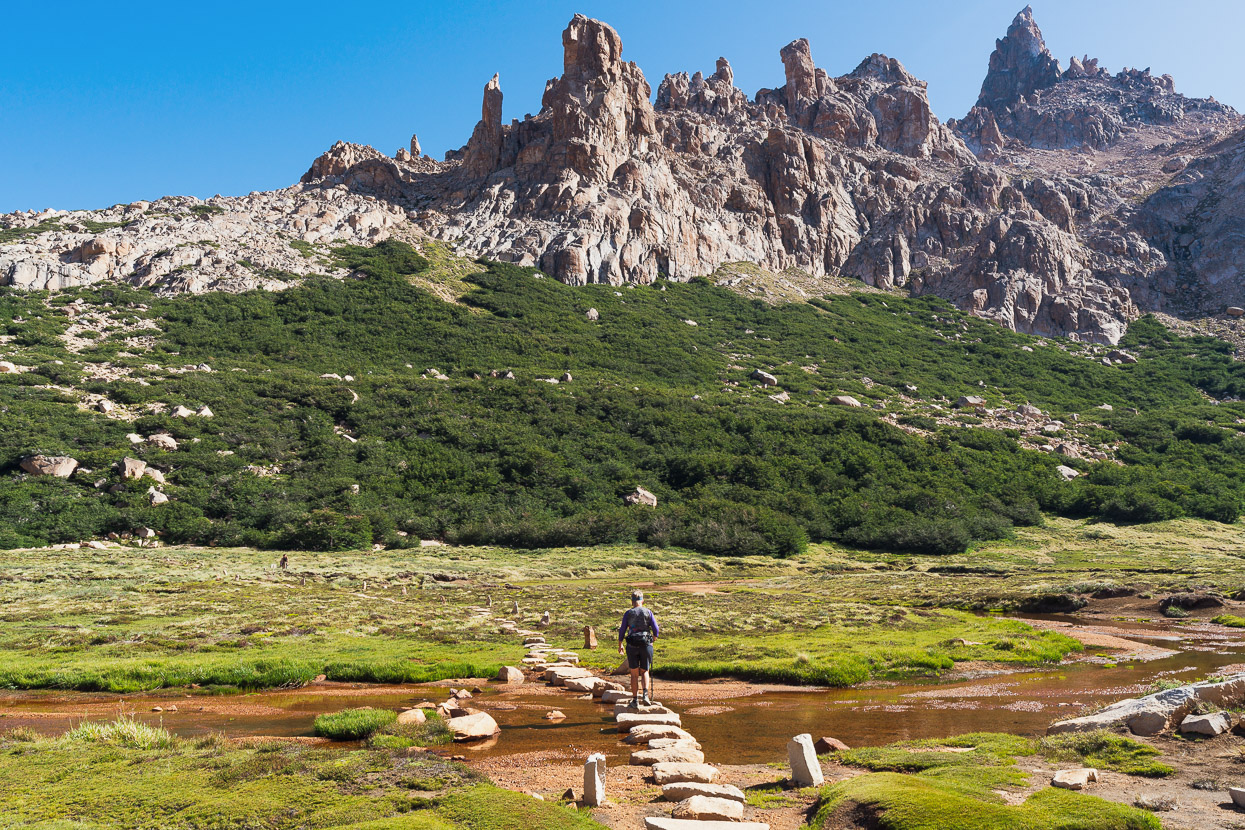
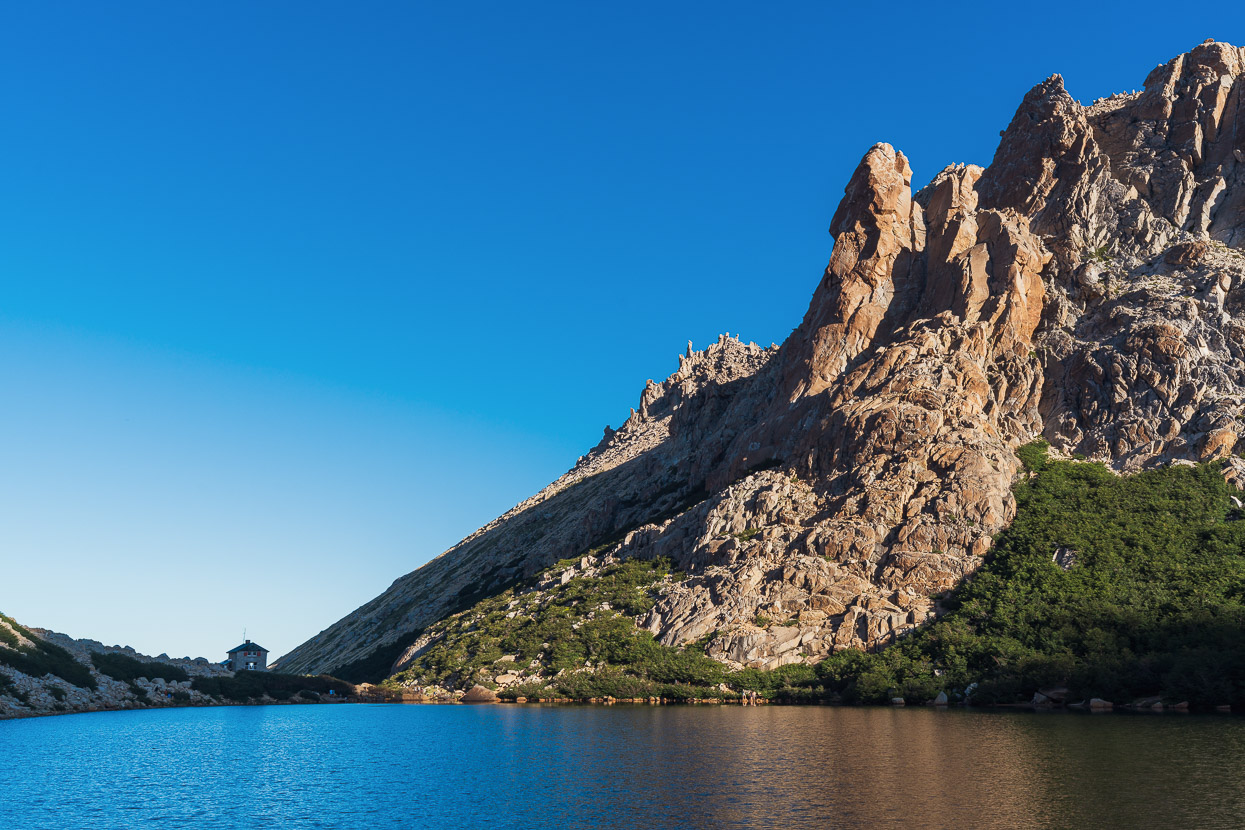
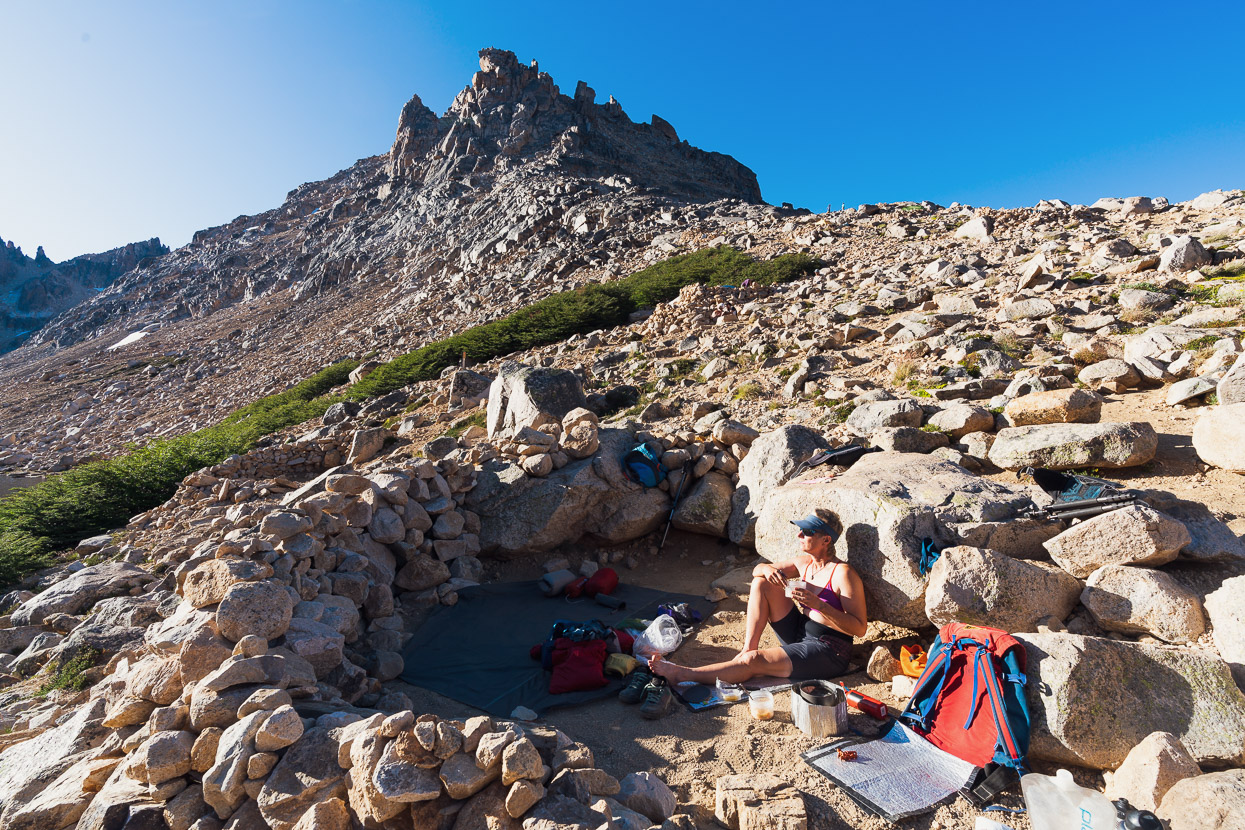
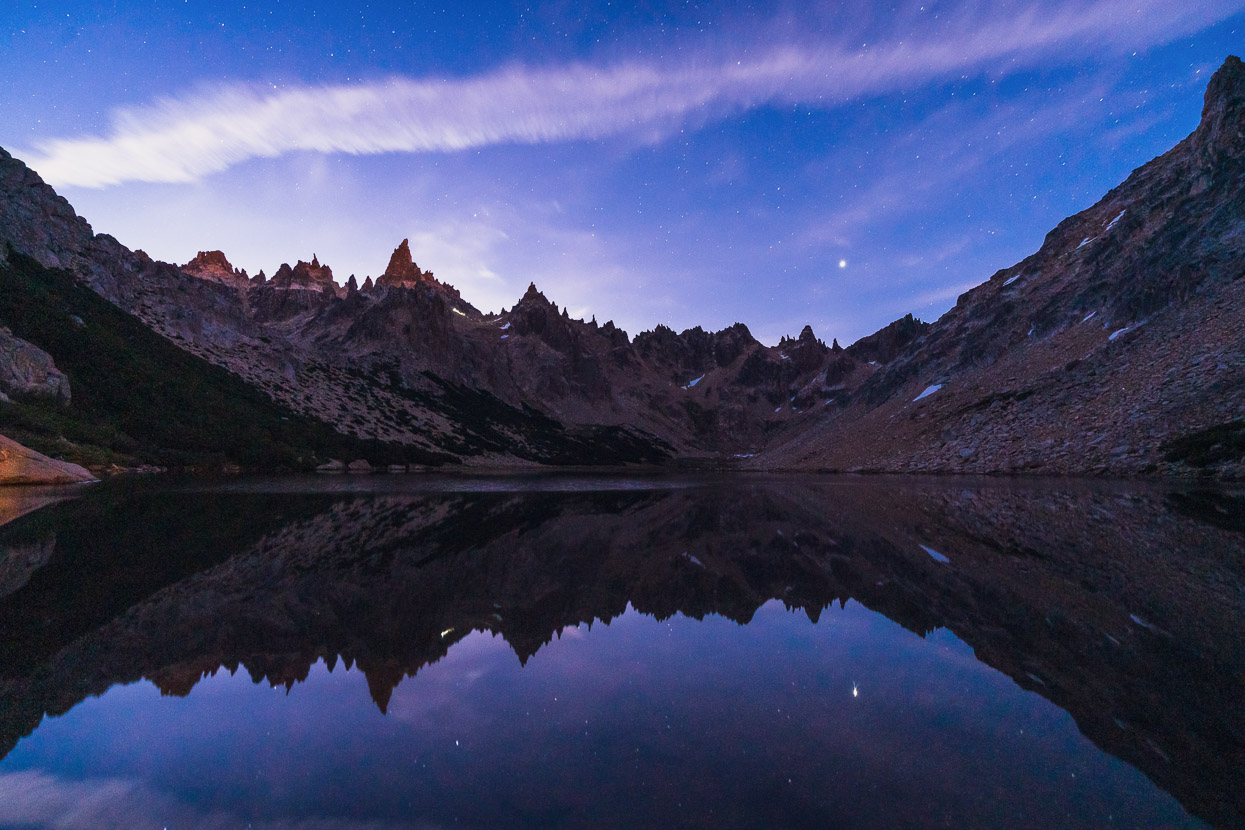
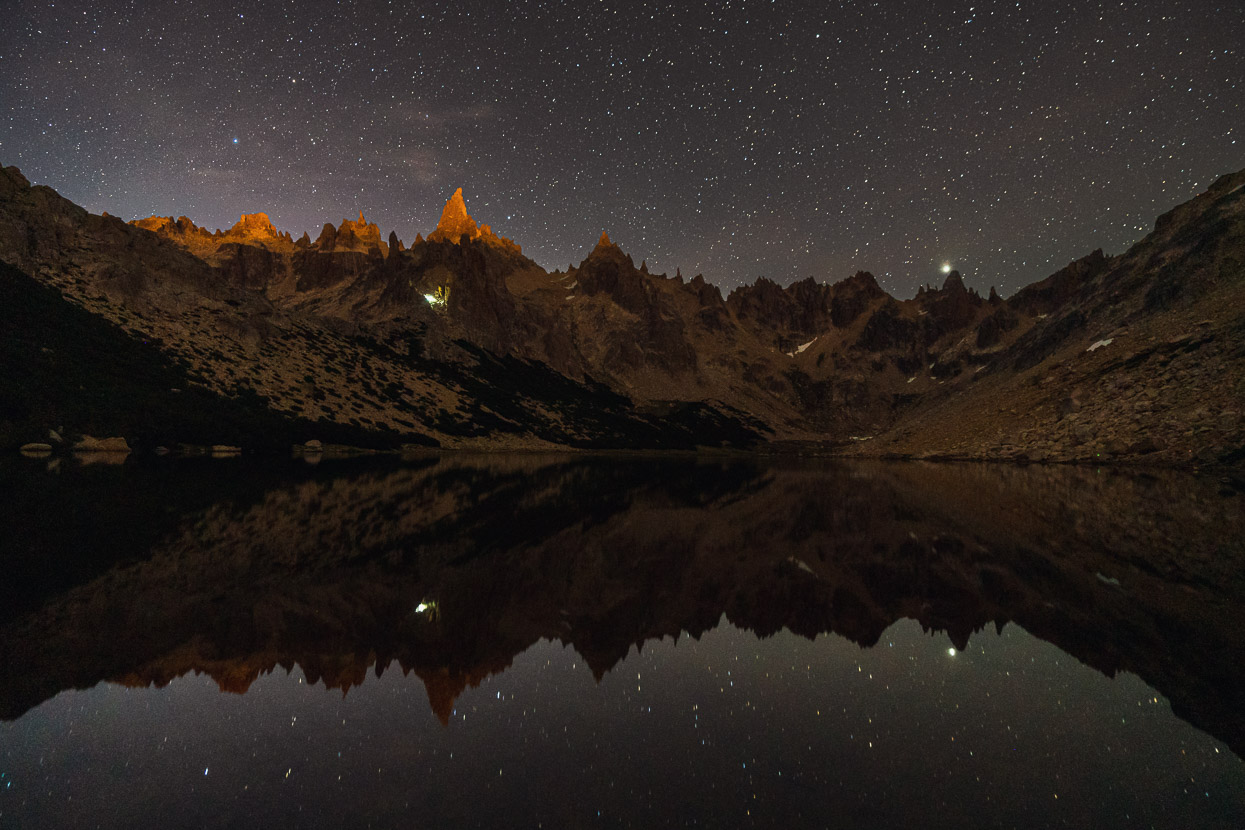
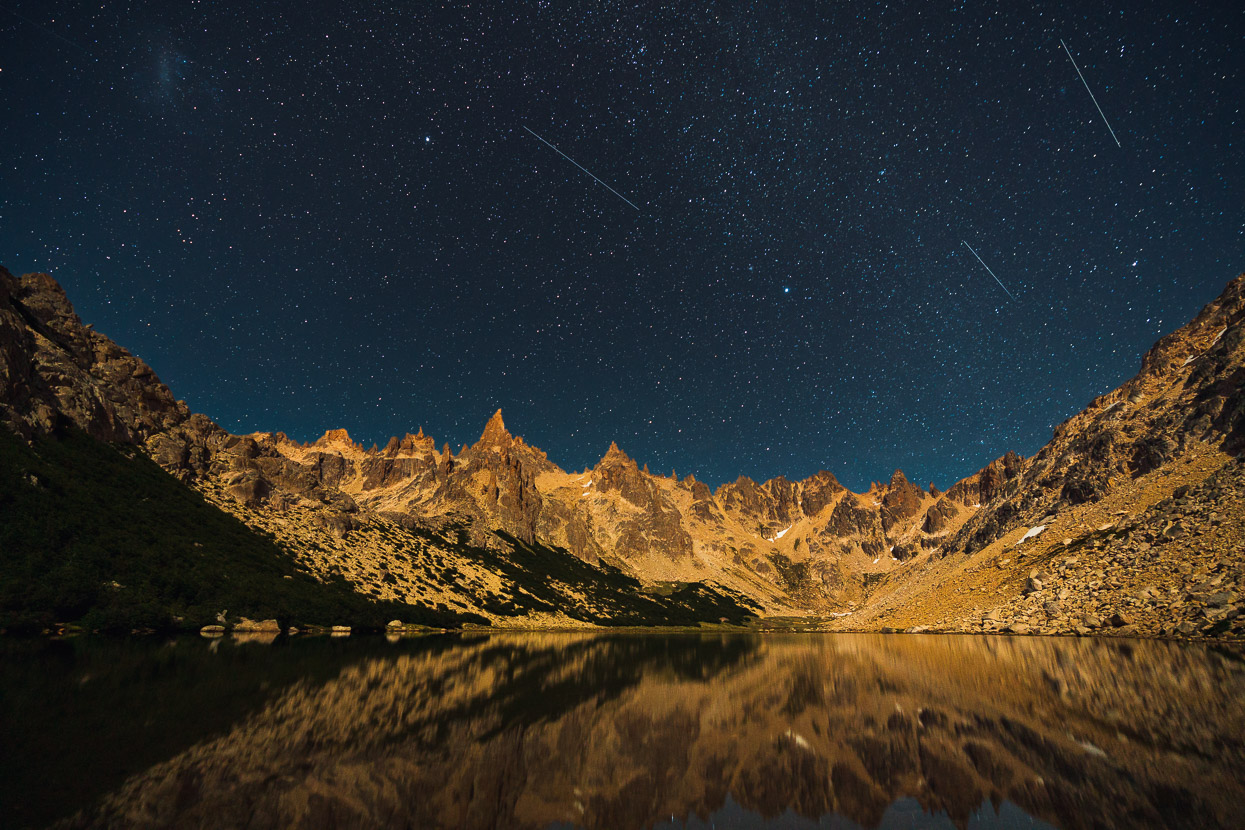
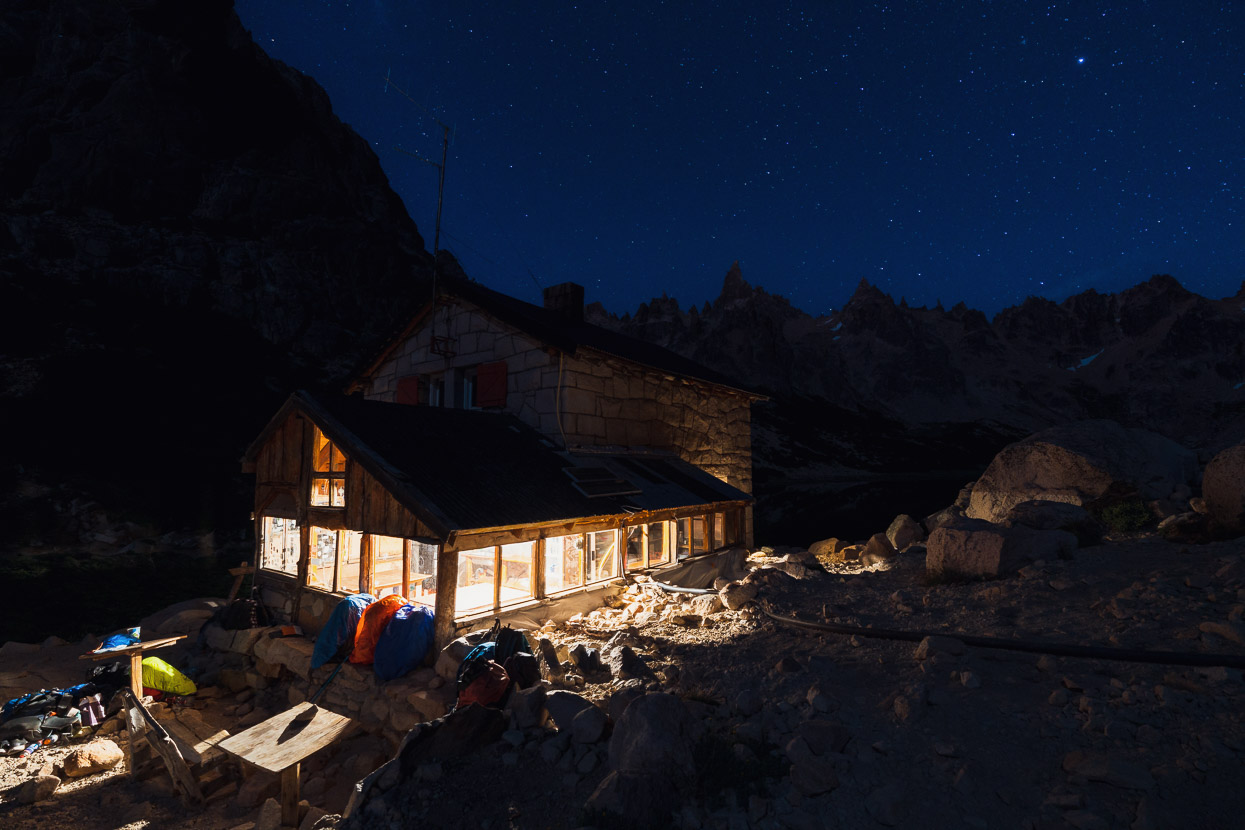
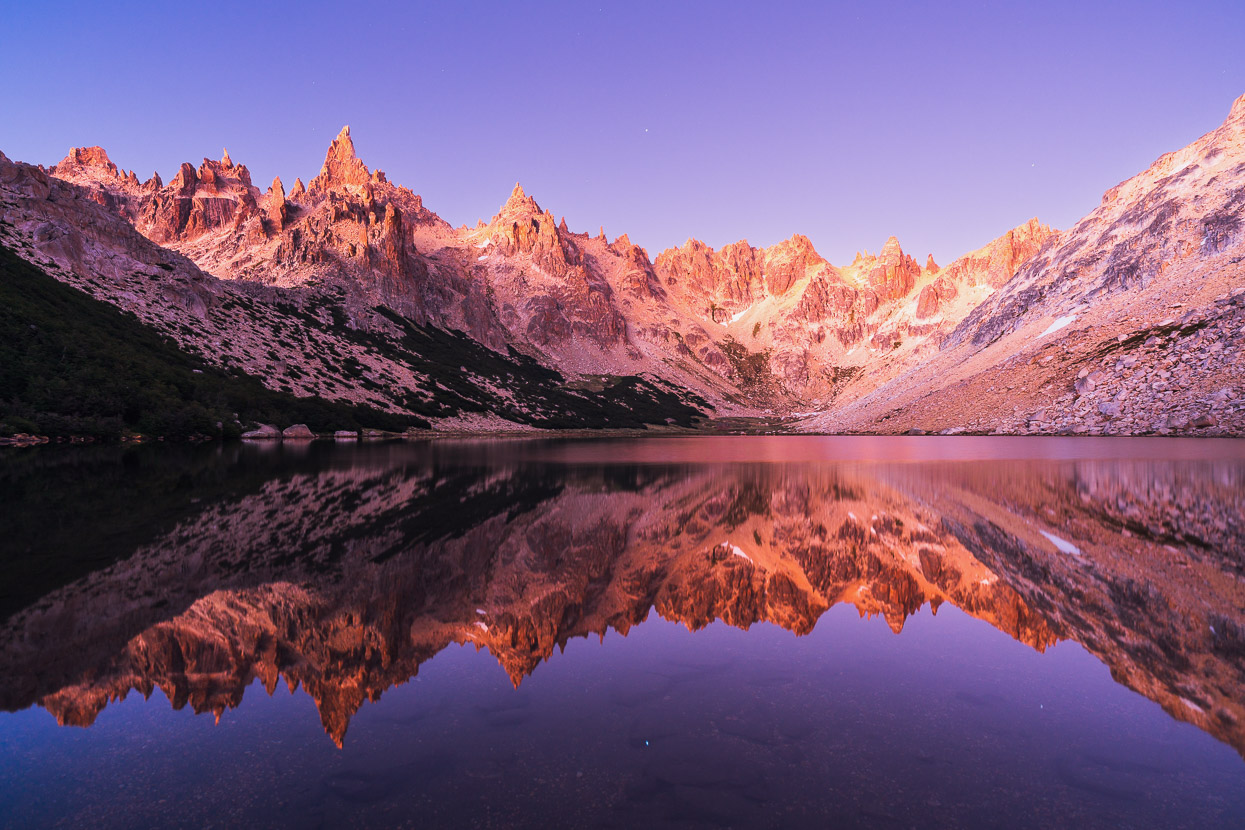
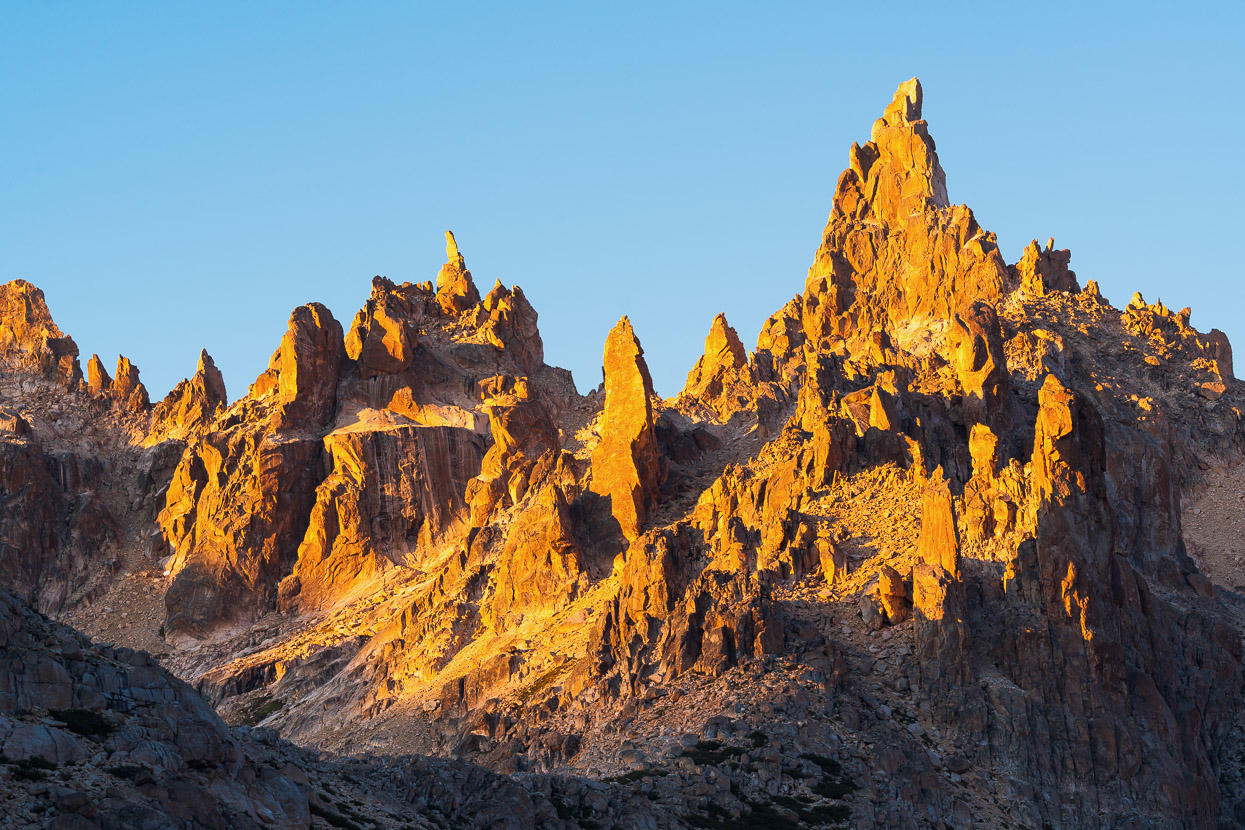
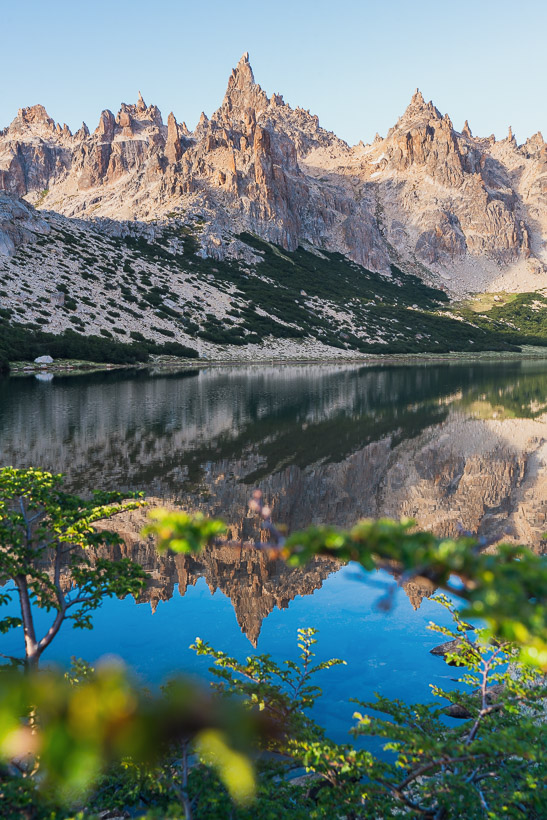
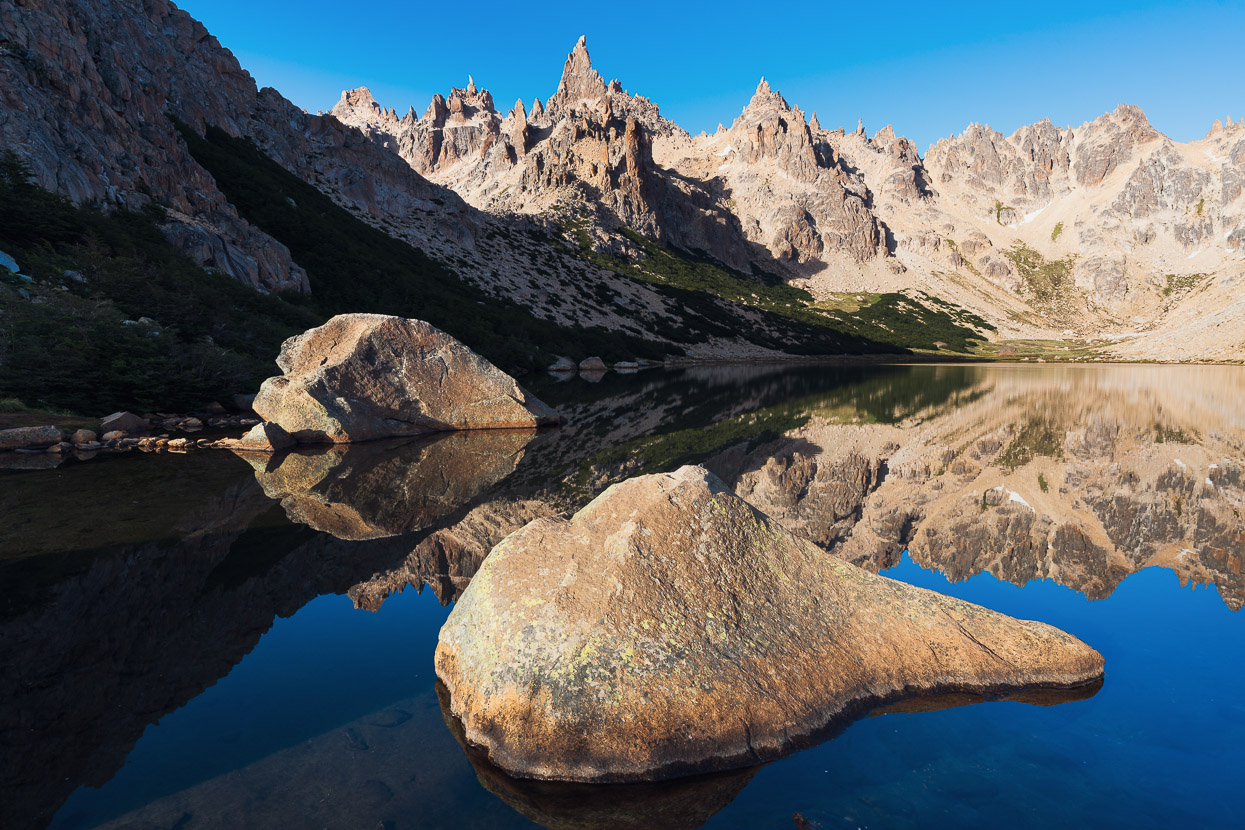
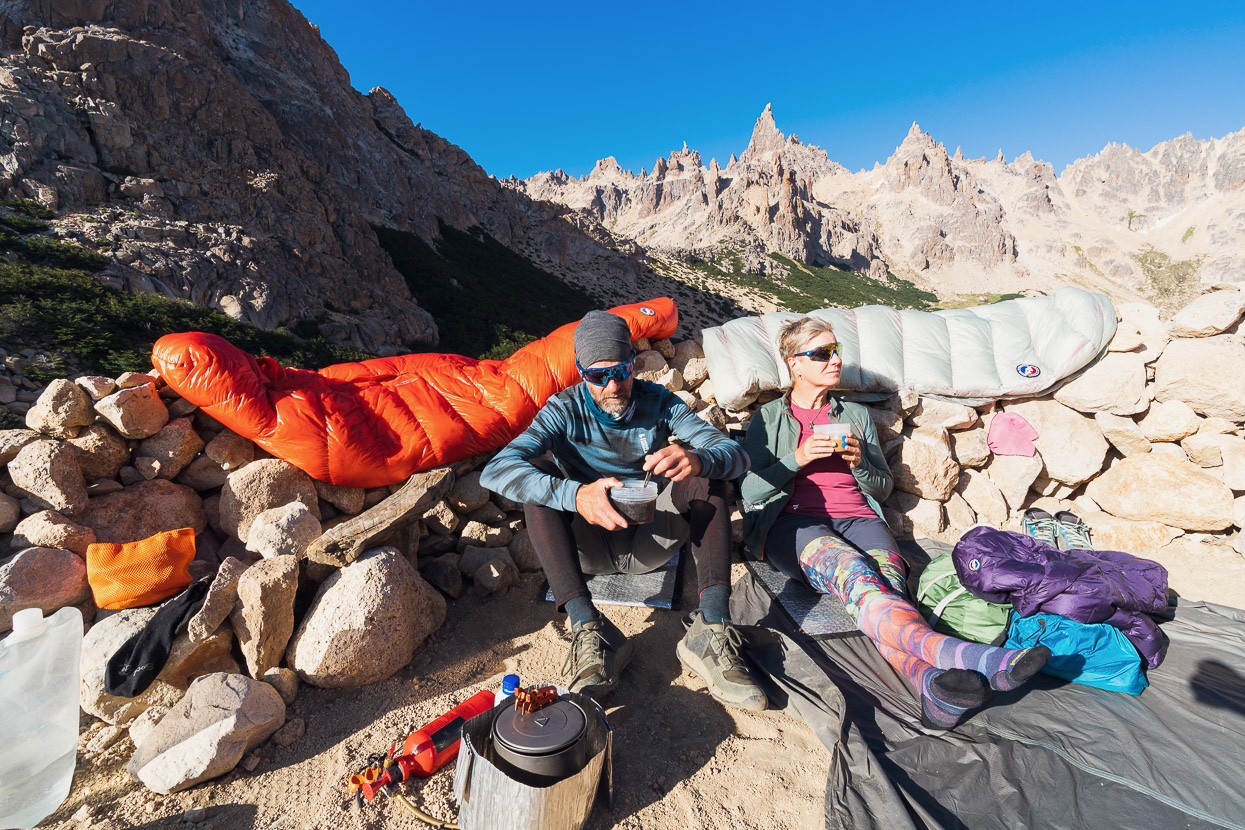
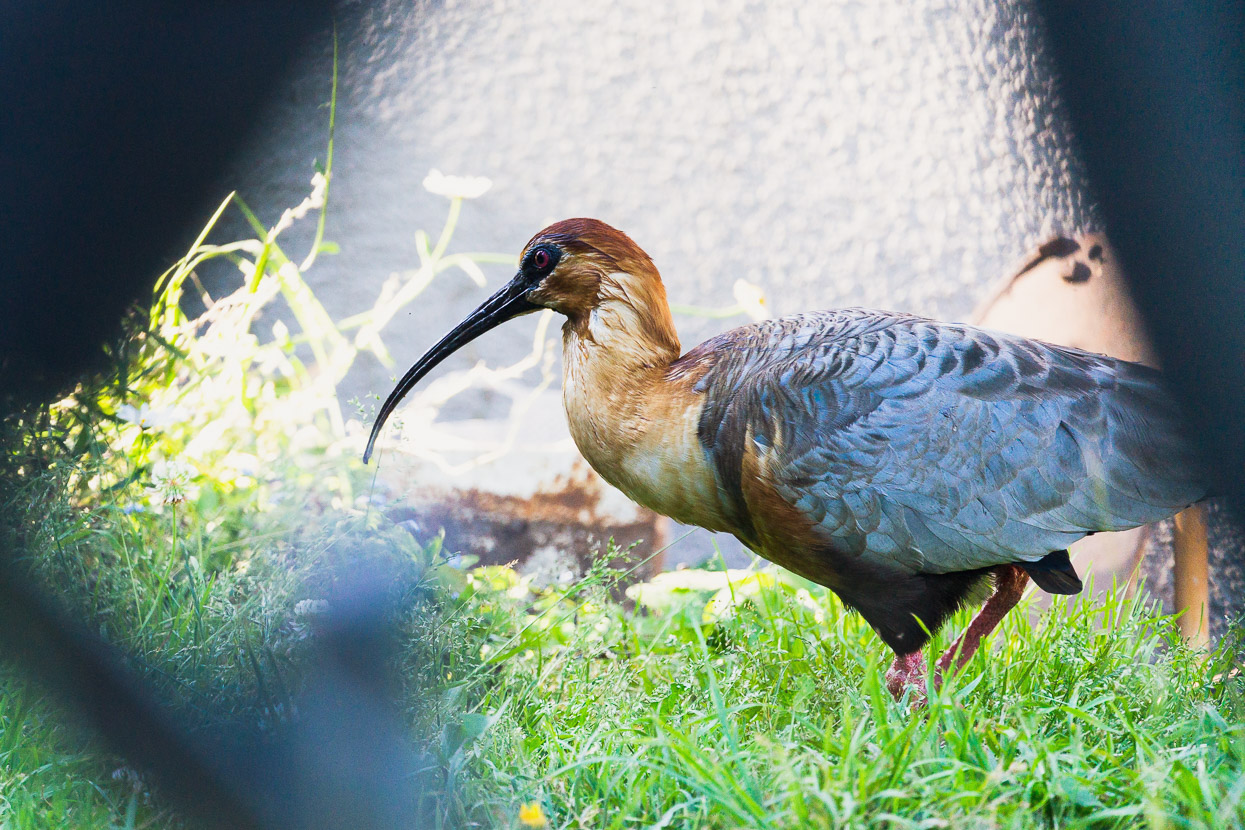
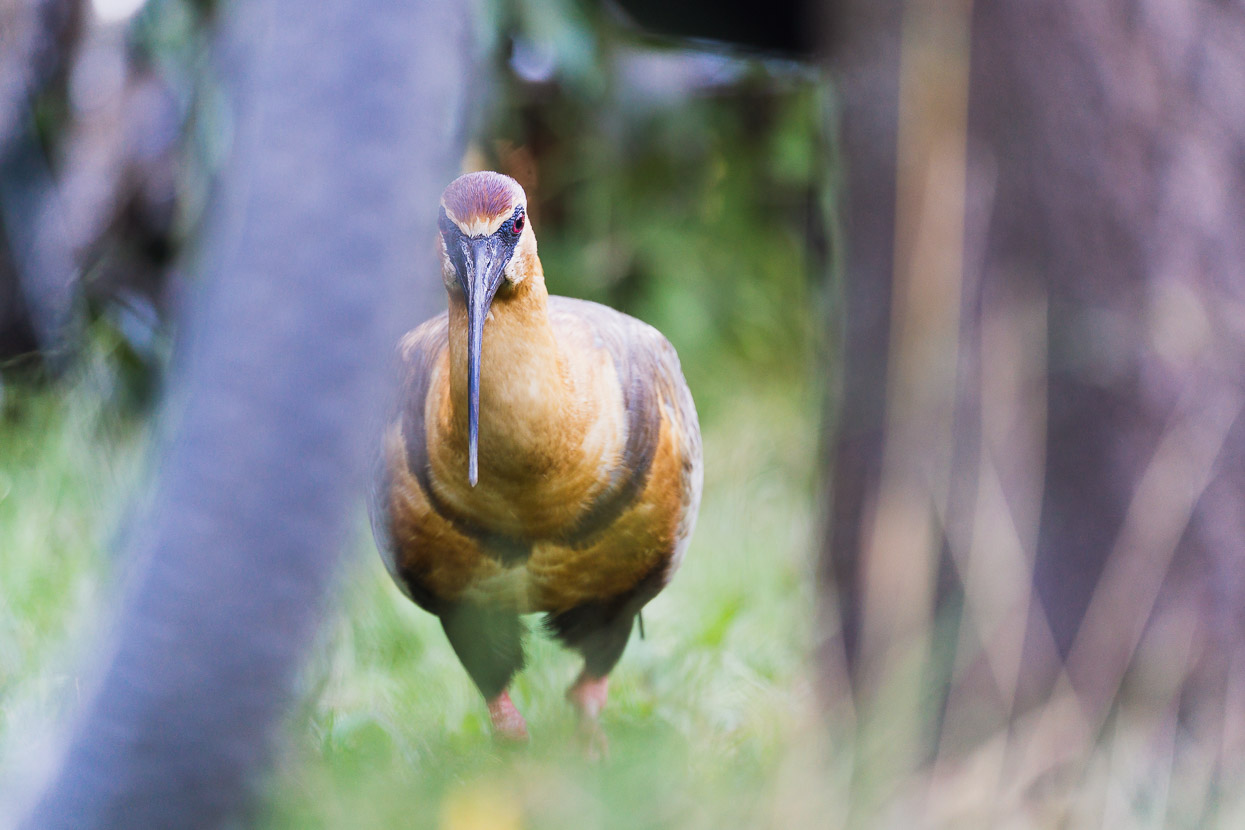
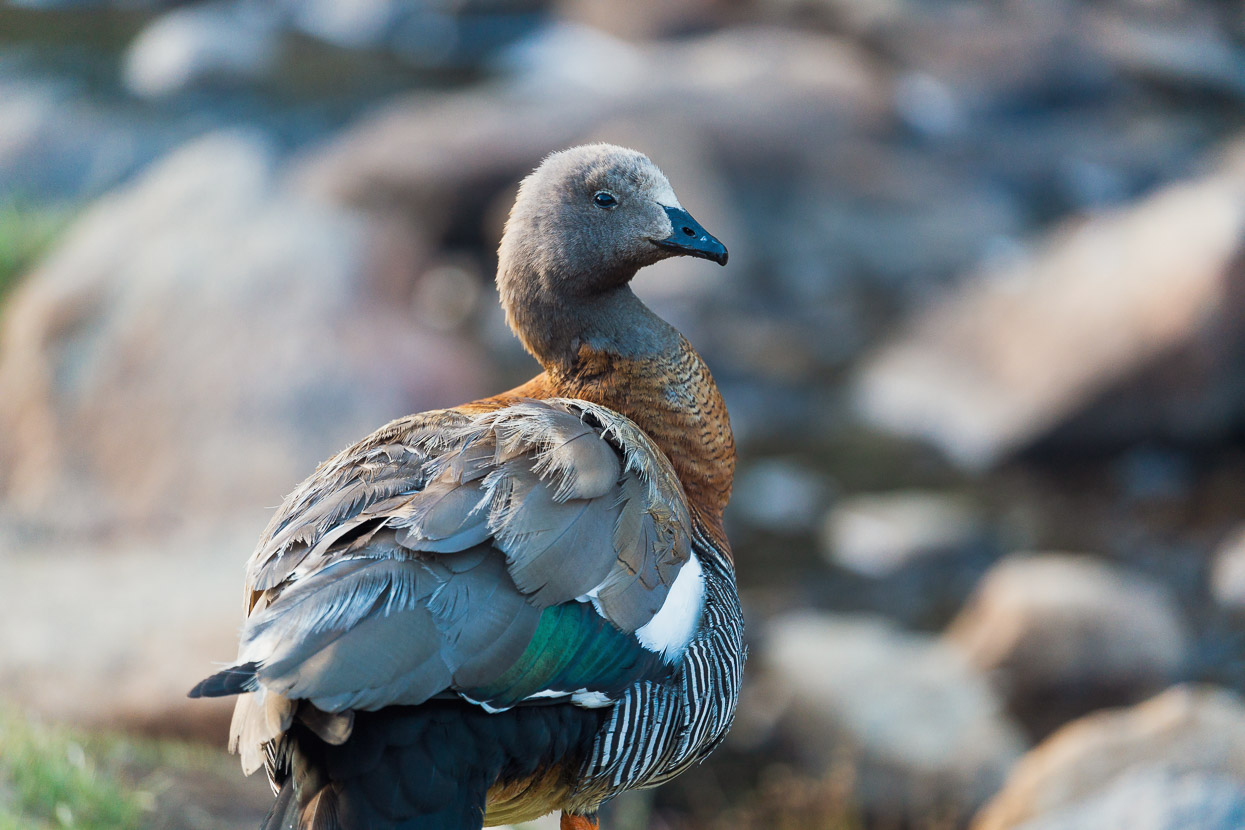
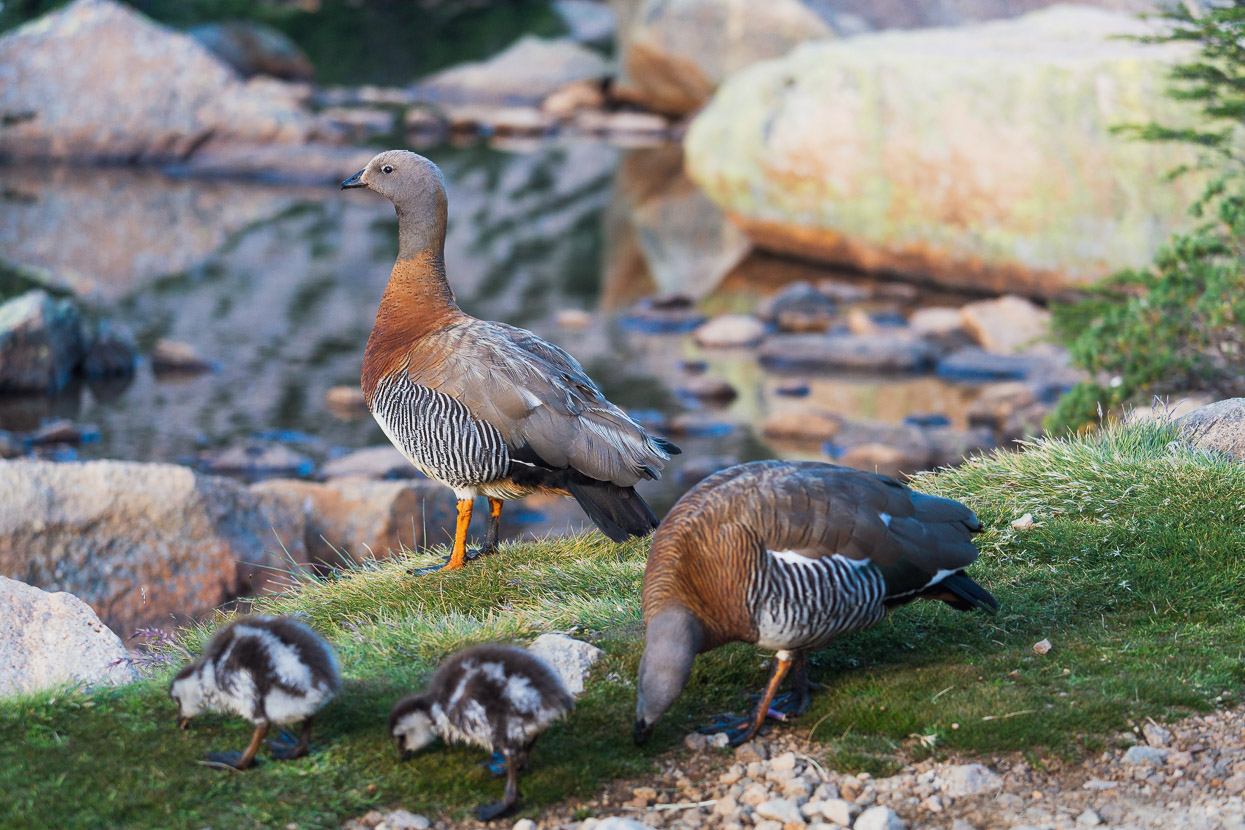
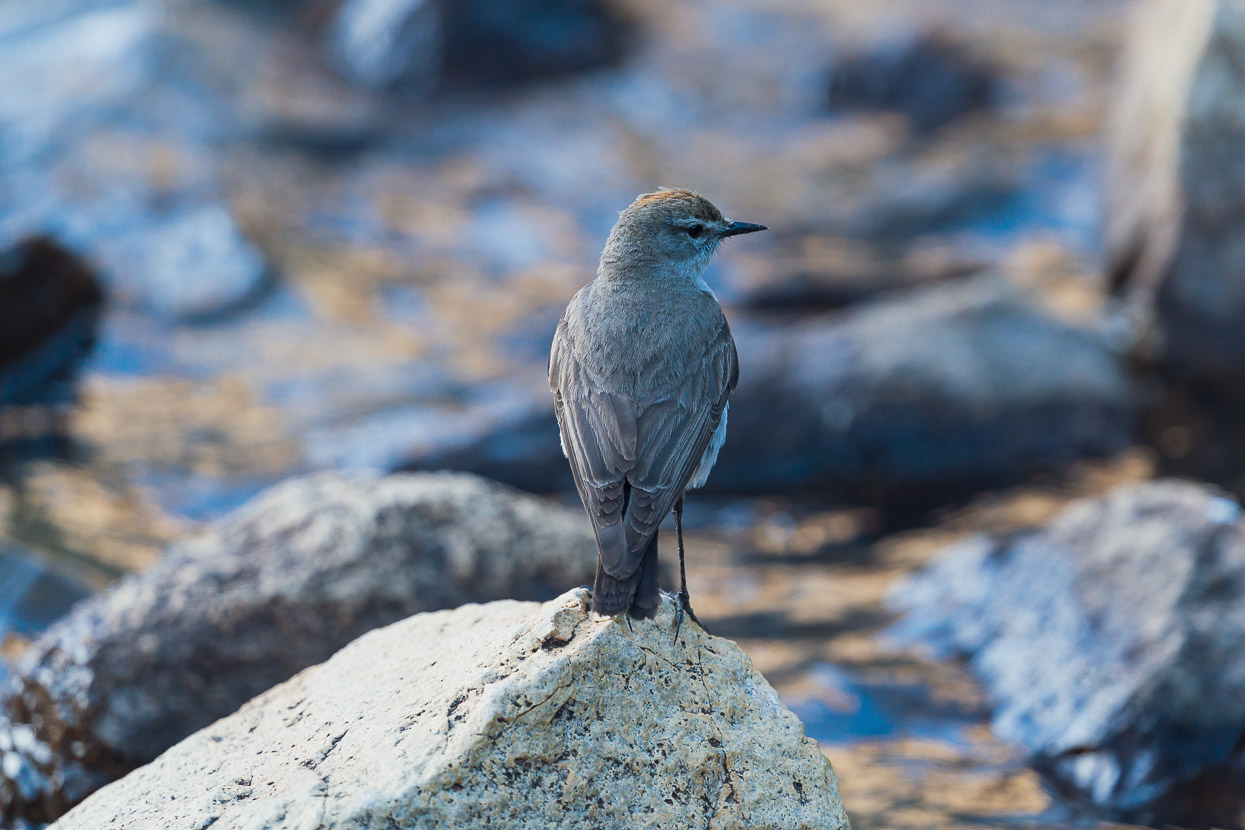
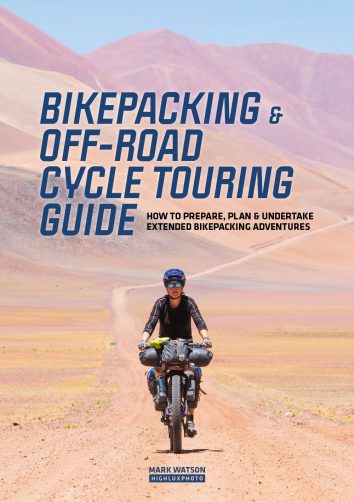


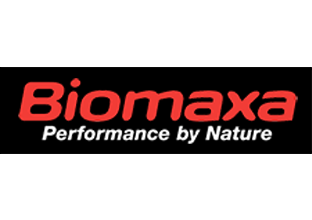

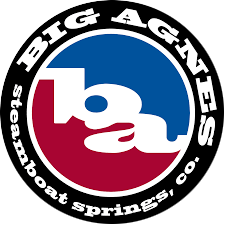



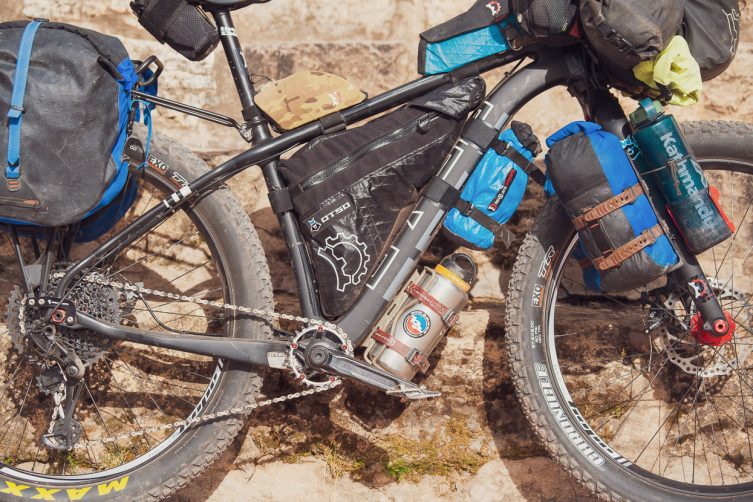
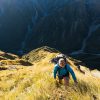
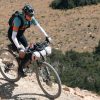
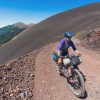

Hi Mark and Hanna, stunning photos capturing landscapes and a great social atmosphere. Loving checking in on your blogs. Louise, Chris, Kathryn and Rachelxxx
Thanks Louise and Chris – nice to hear from you guys! Thanks for the Christmas card too 🙂 Our friends sent us a photo of it!
Glad you’re enjoying the blogs and we hope 2023 is a good one for you all so far.
Hi, I slept in the same place for a tent just a week before you. Beautiful evenings and mornings at Refugio Frey. 🙂 Greetings from the Czech Republic
Thank you Petr – yes, it’s an amazingly beautiful place!